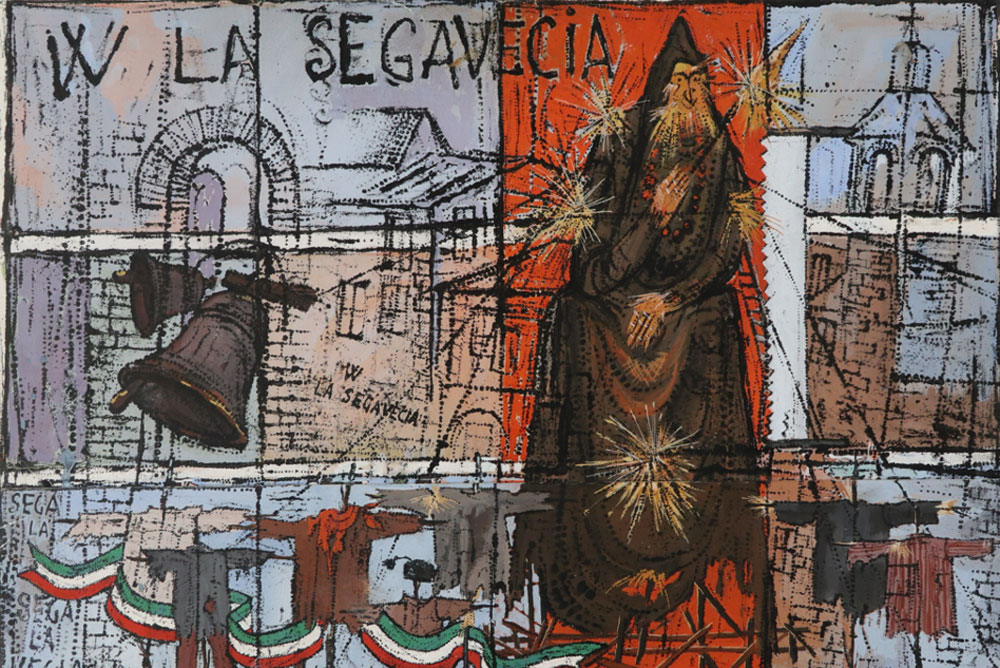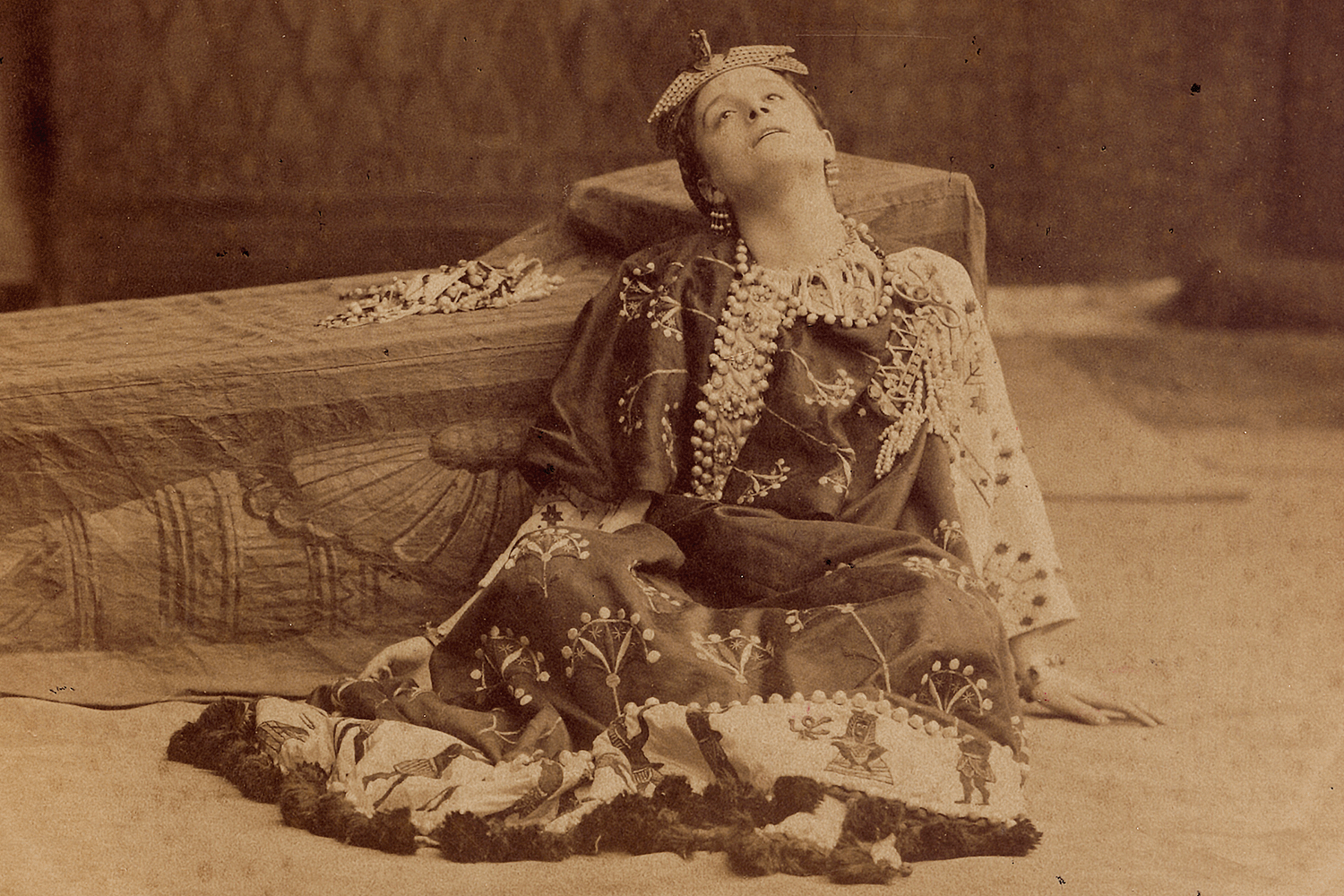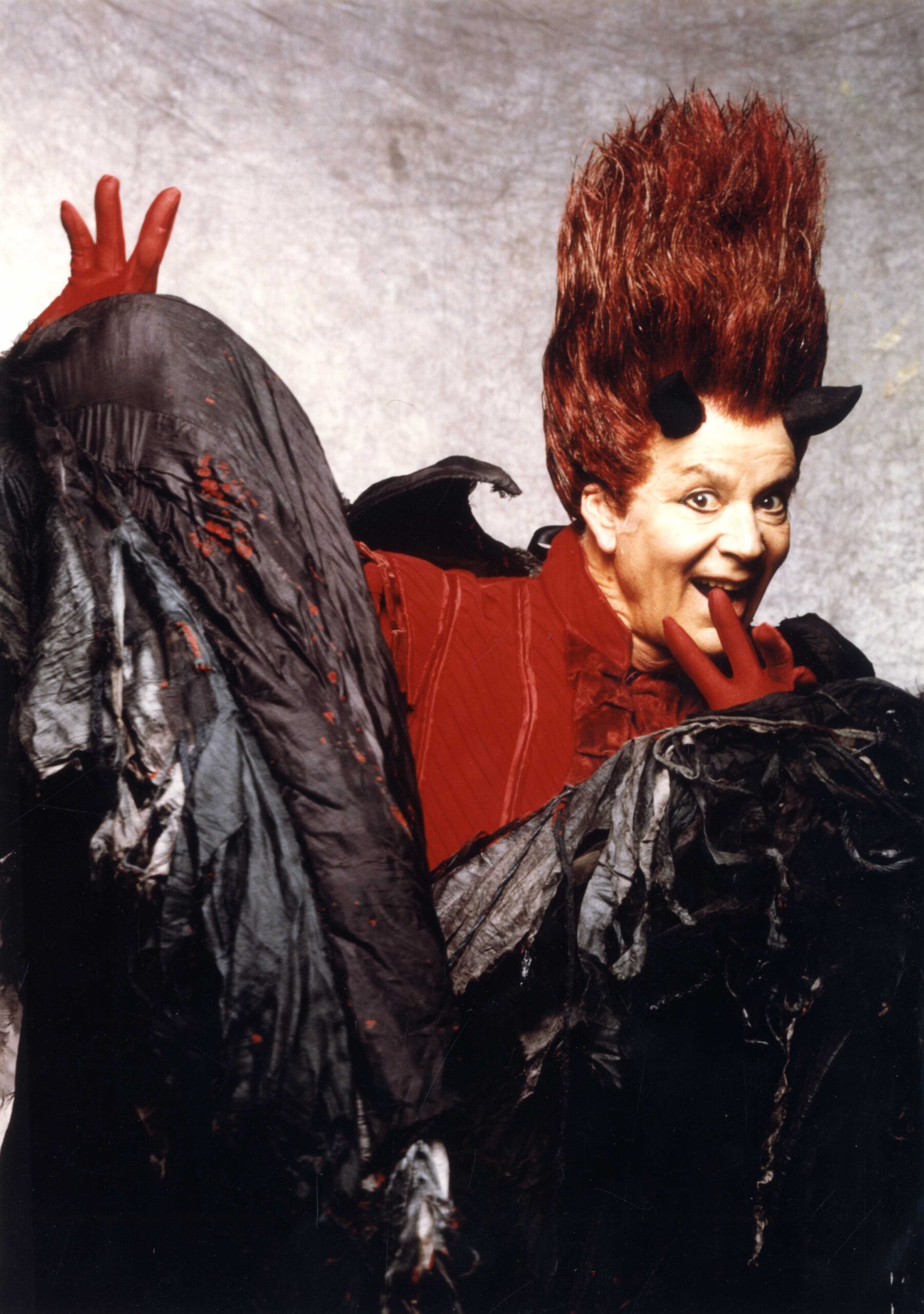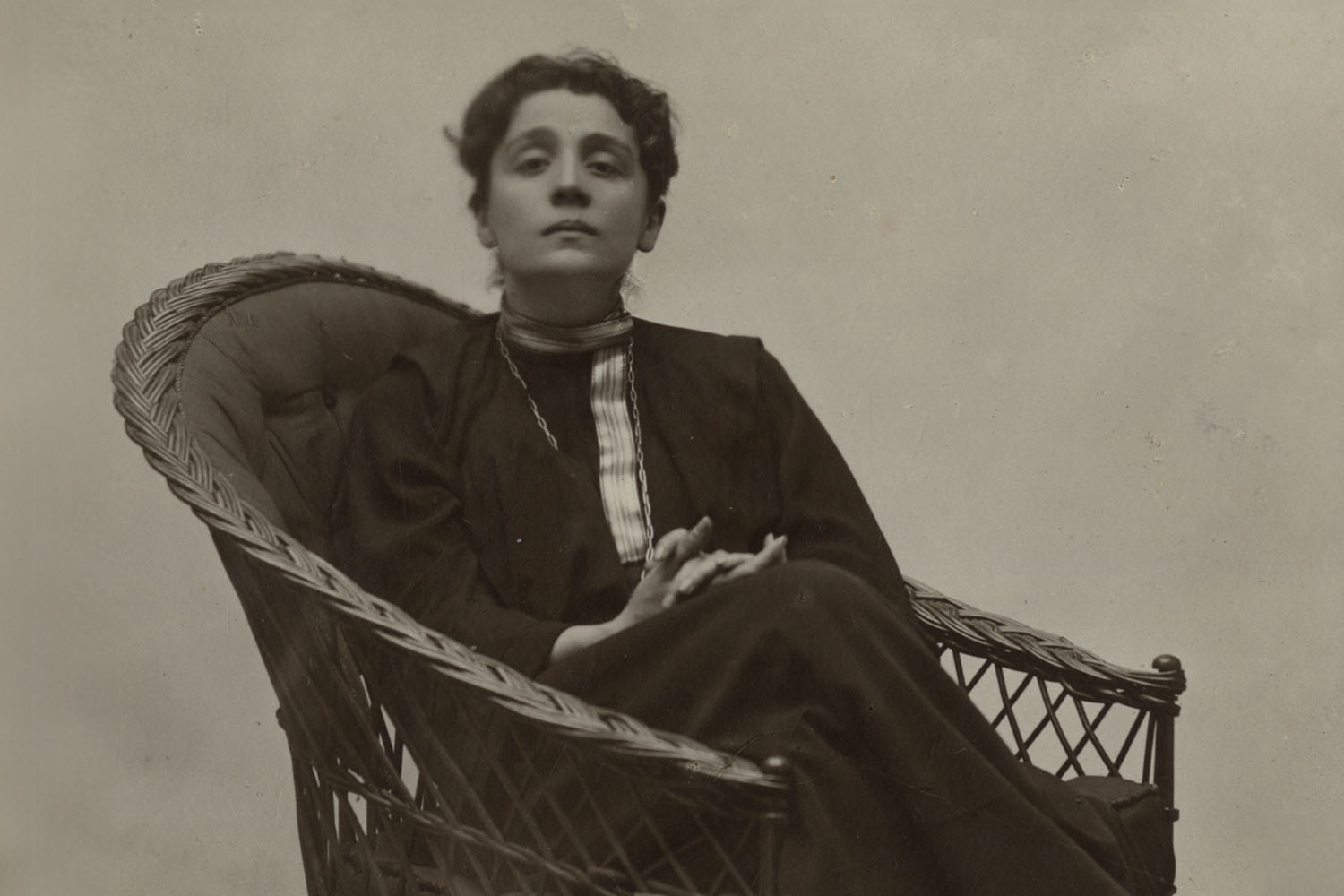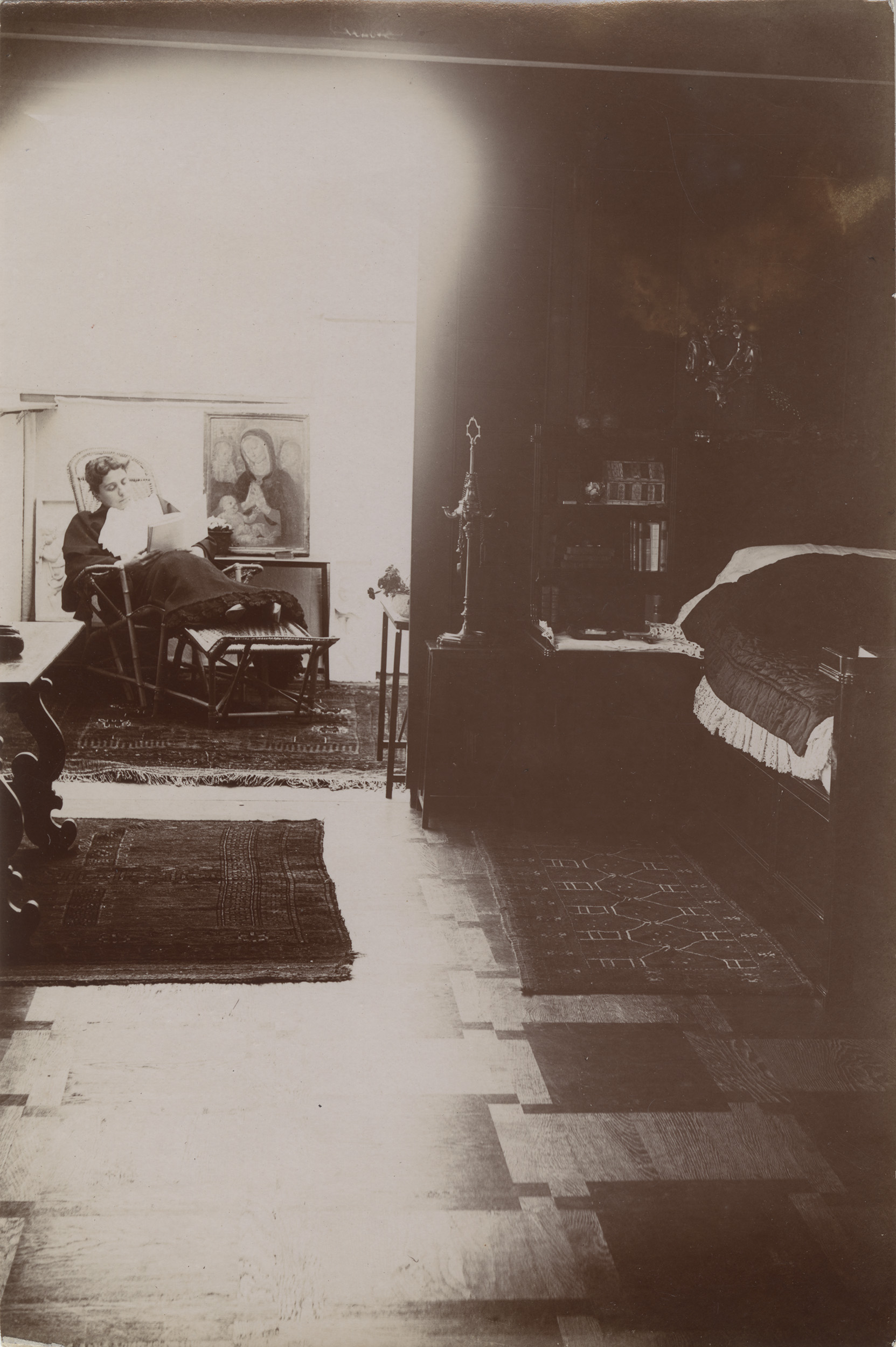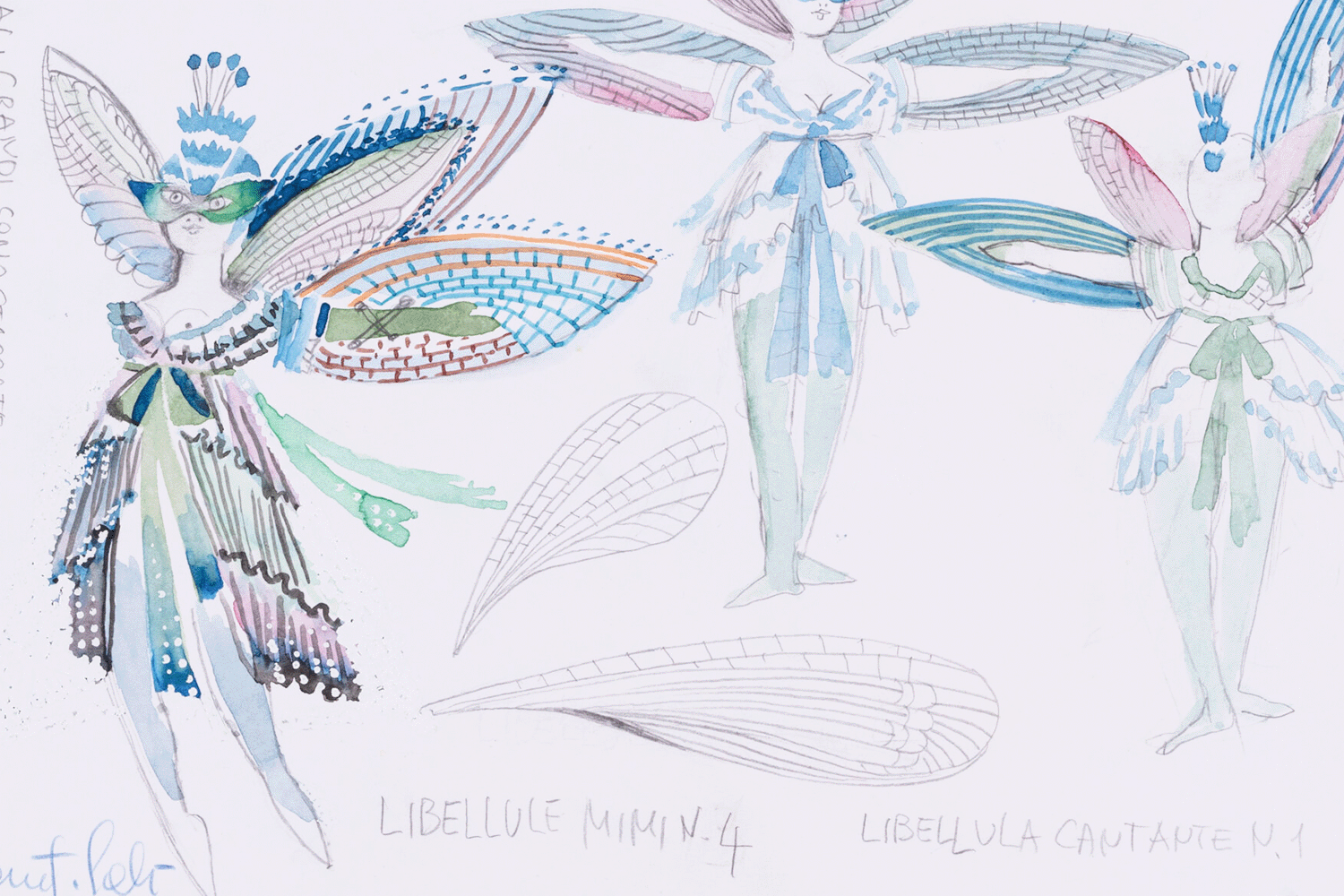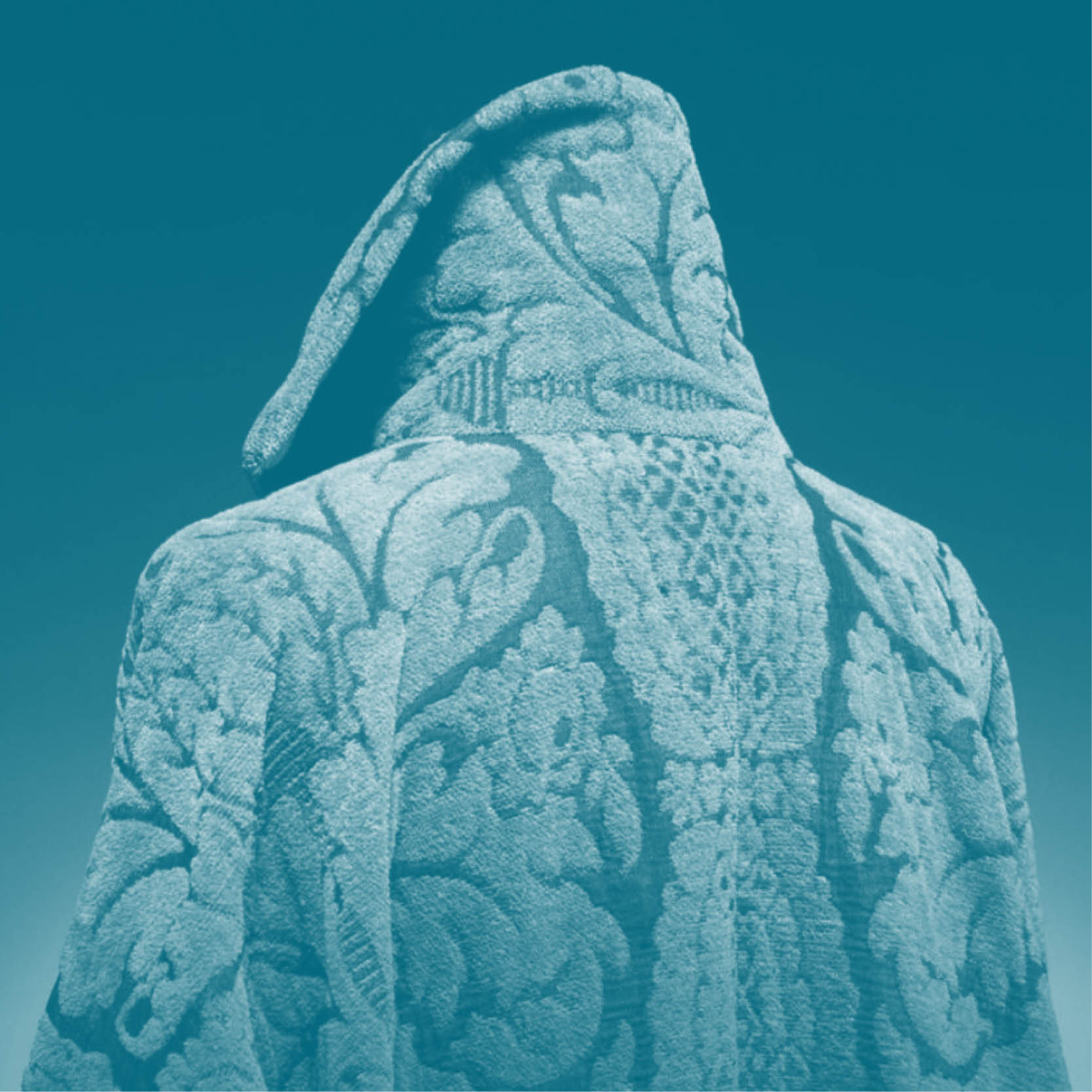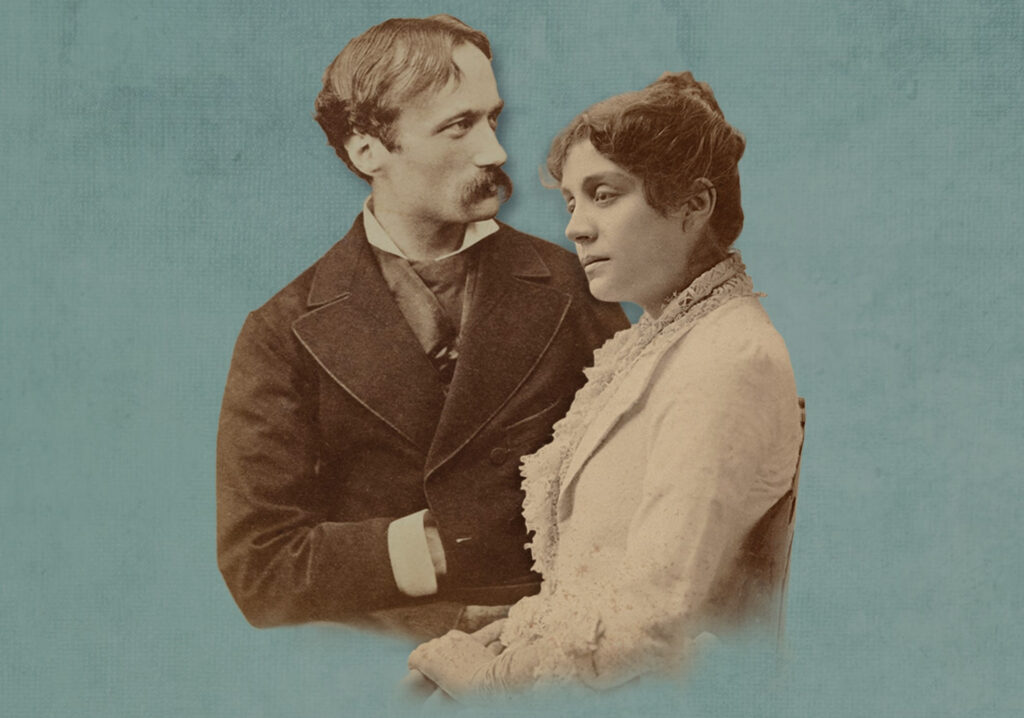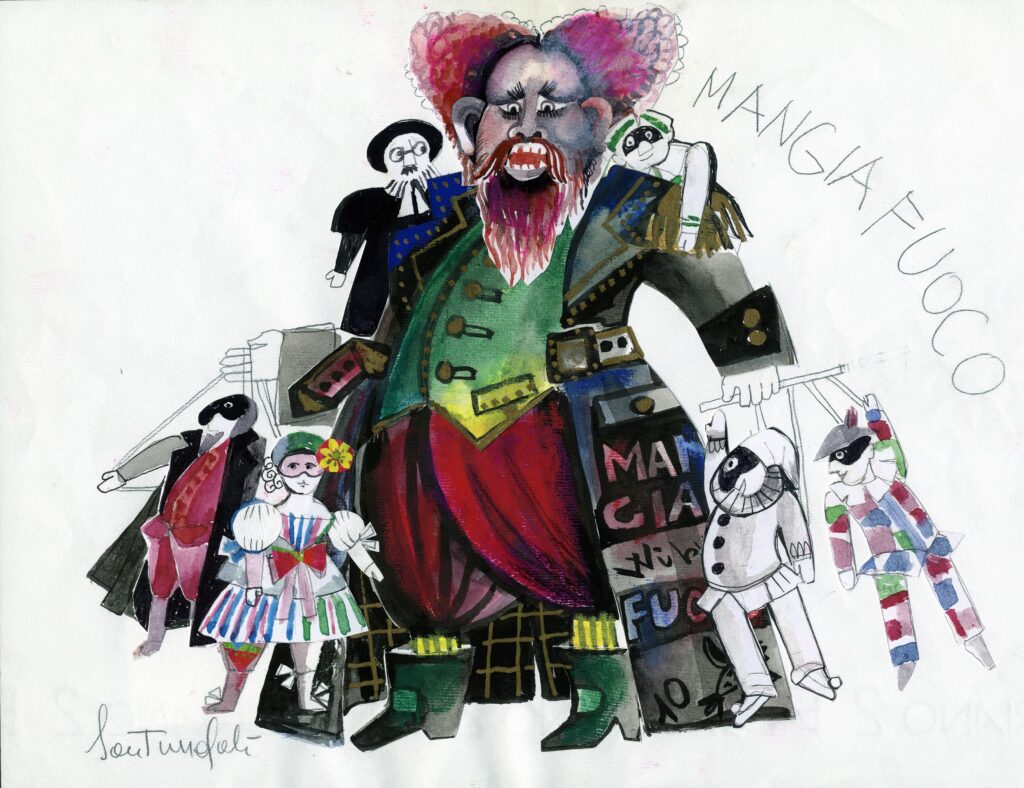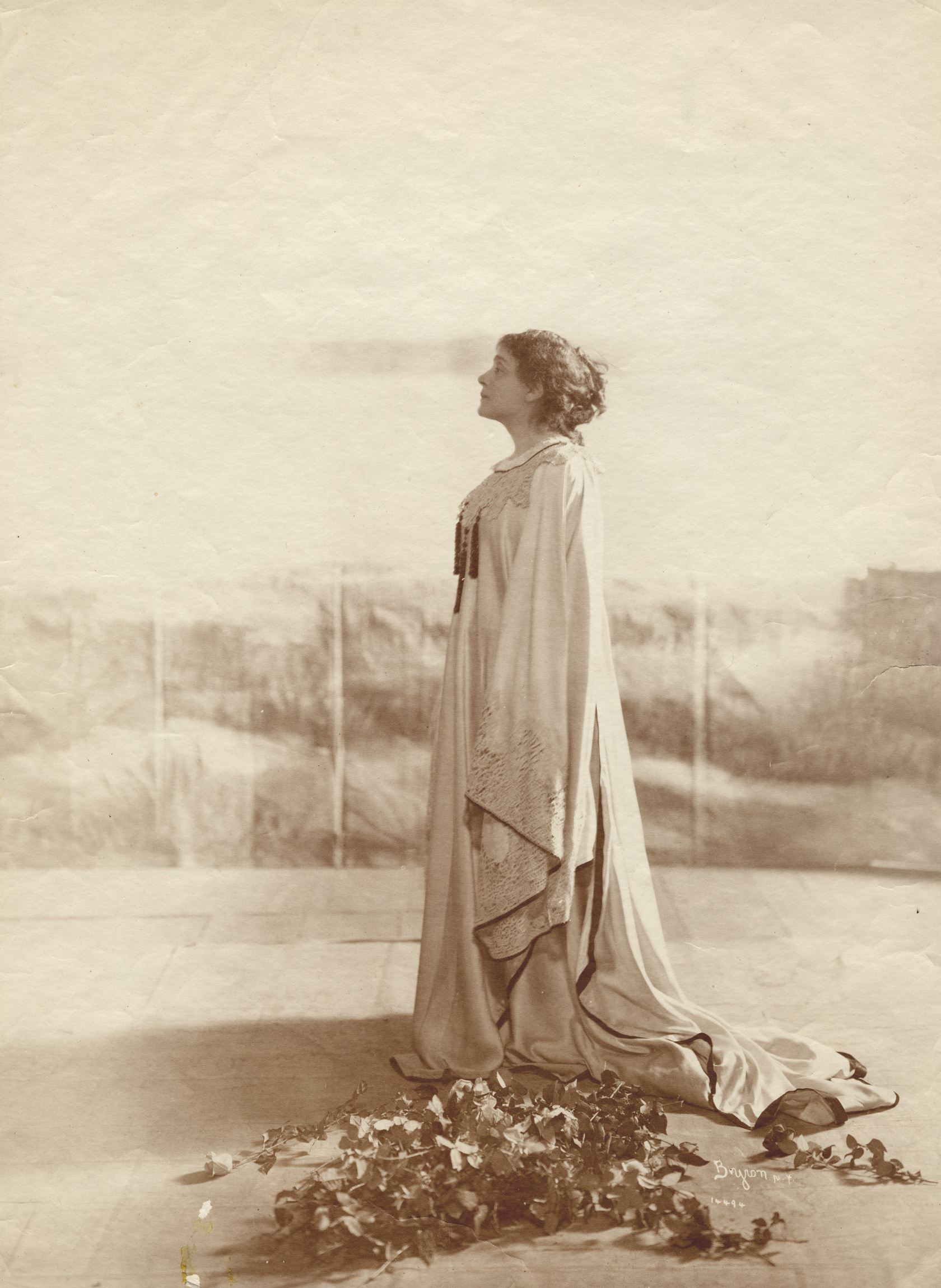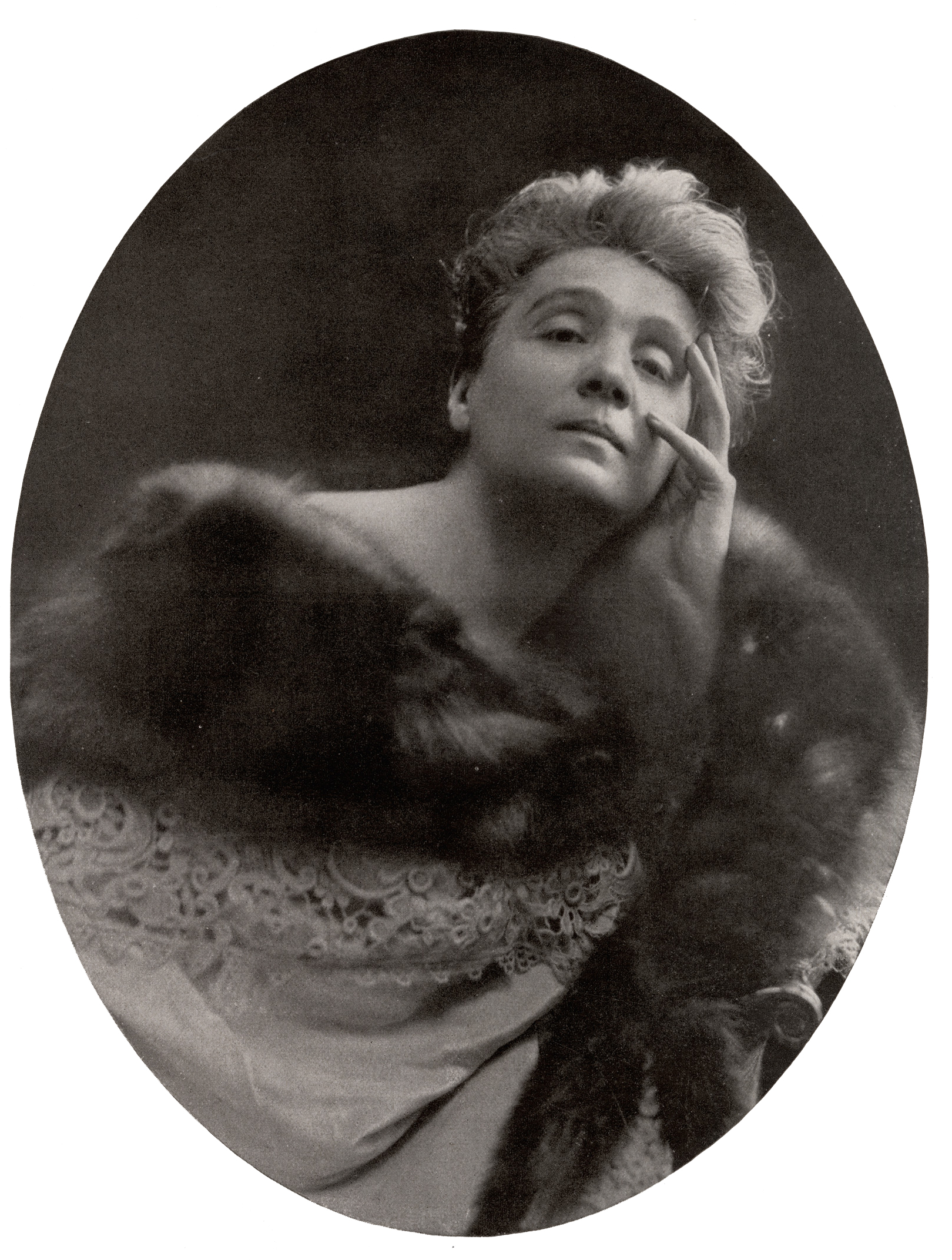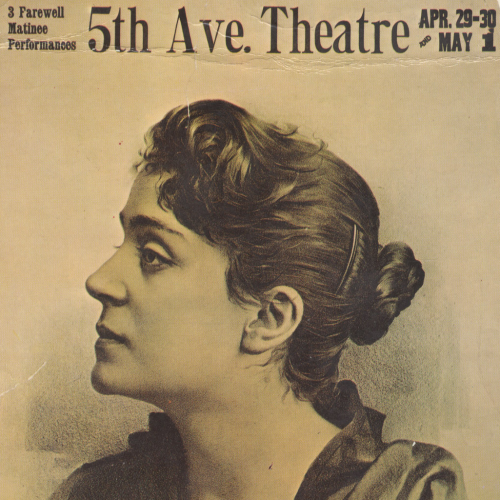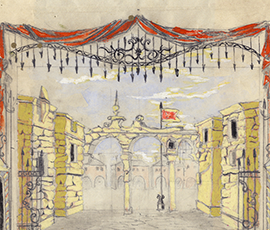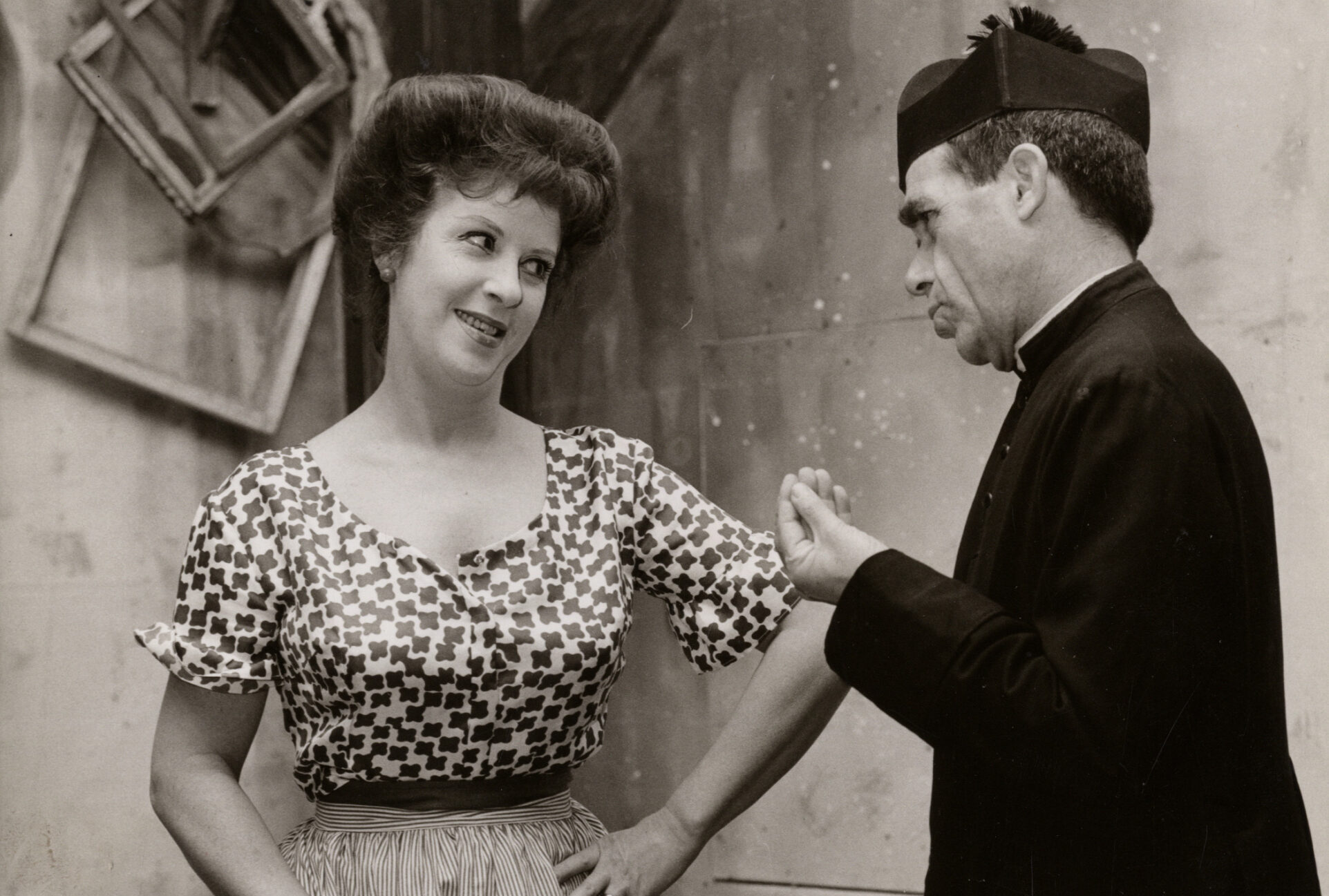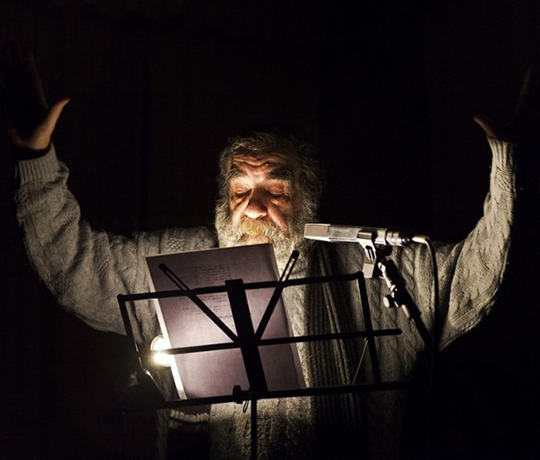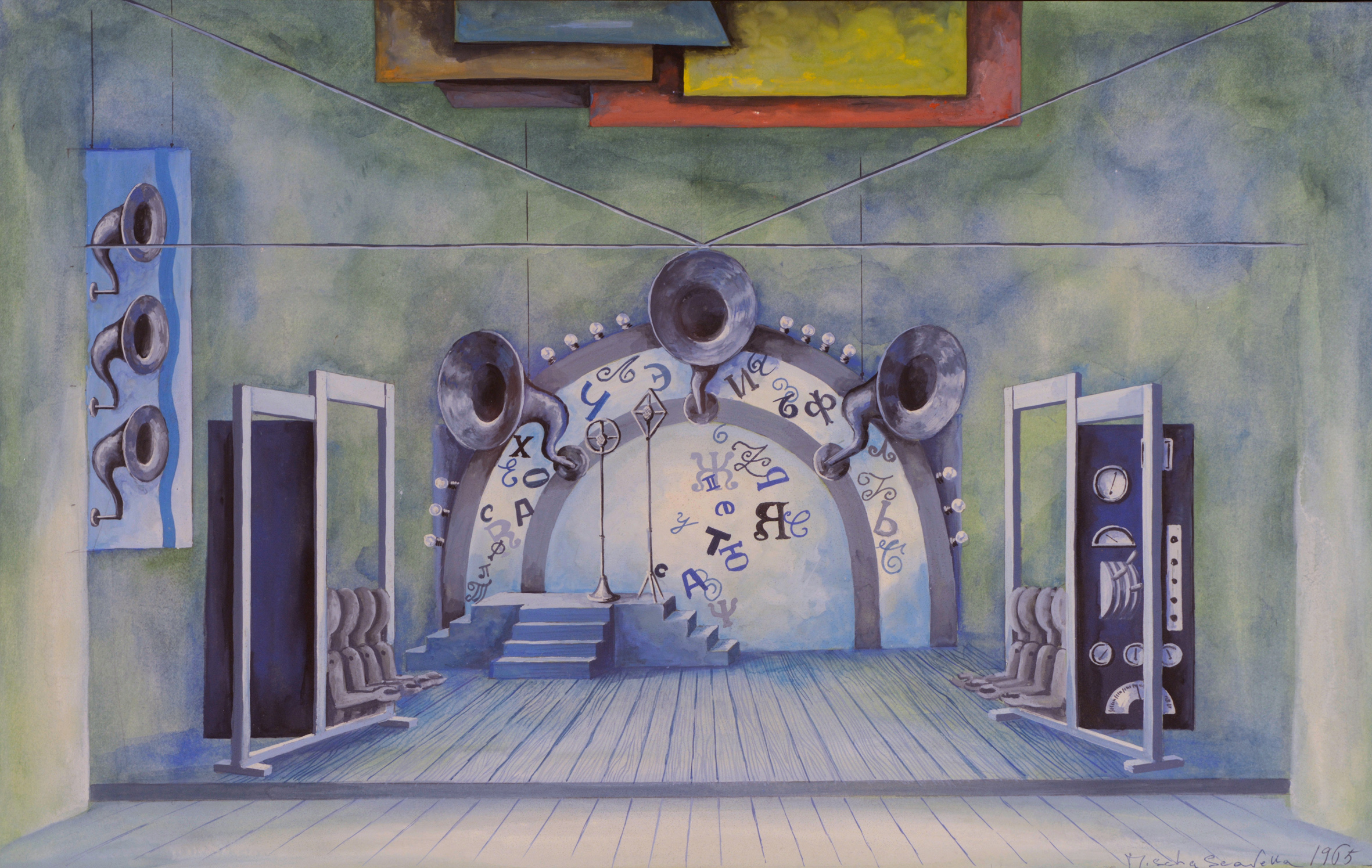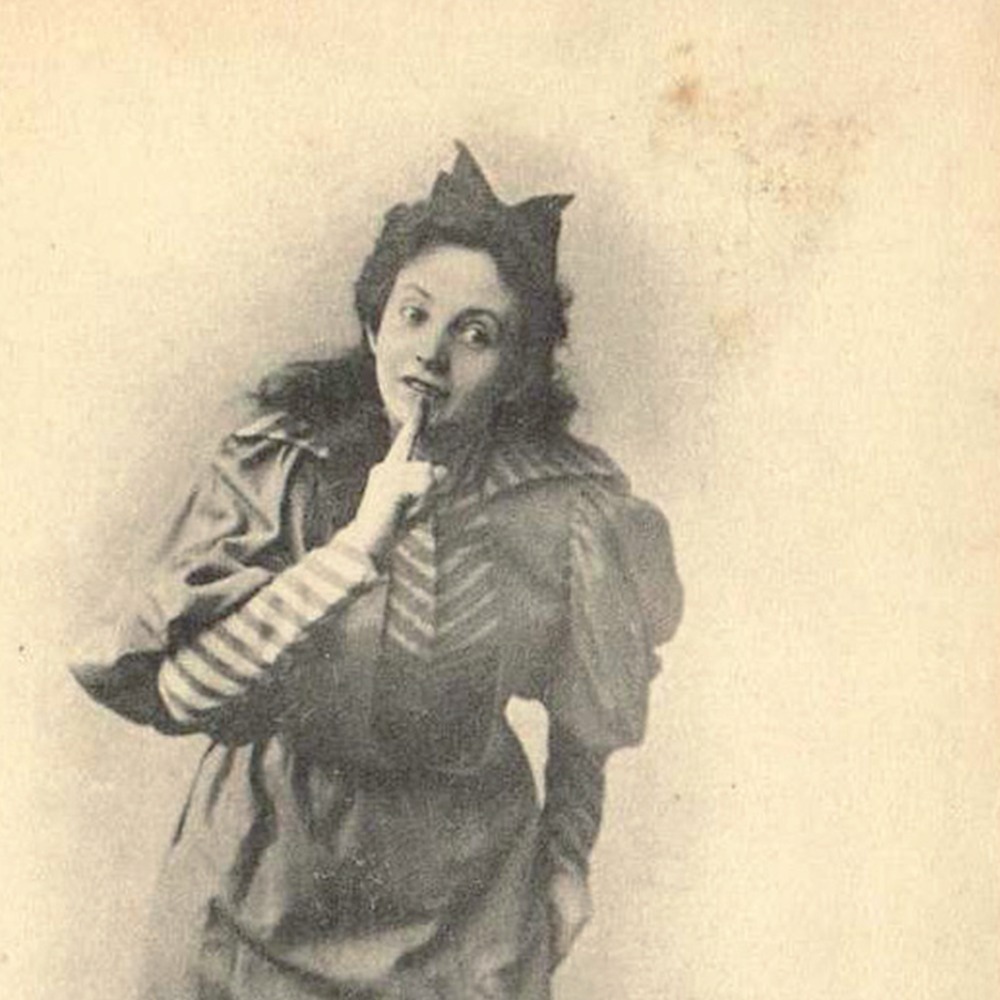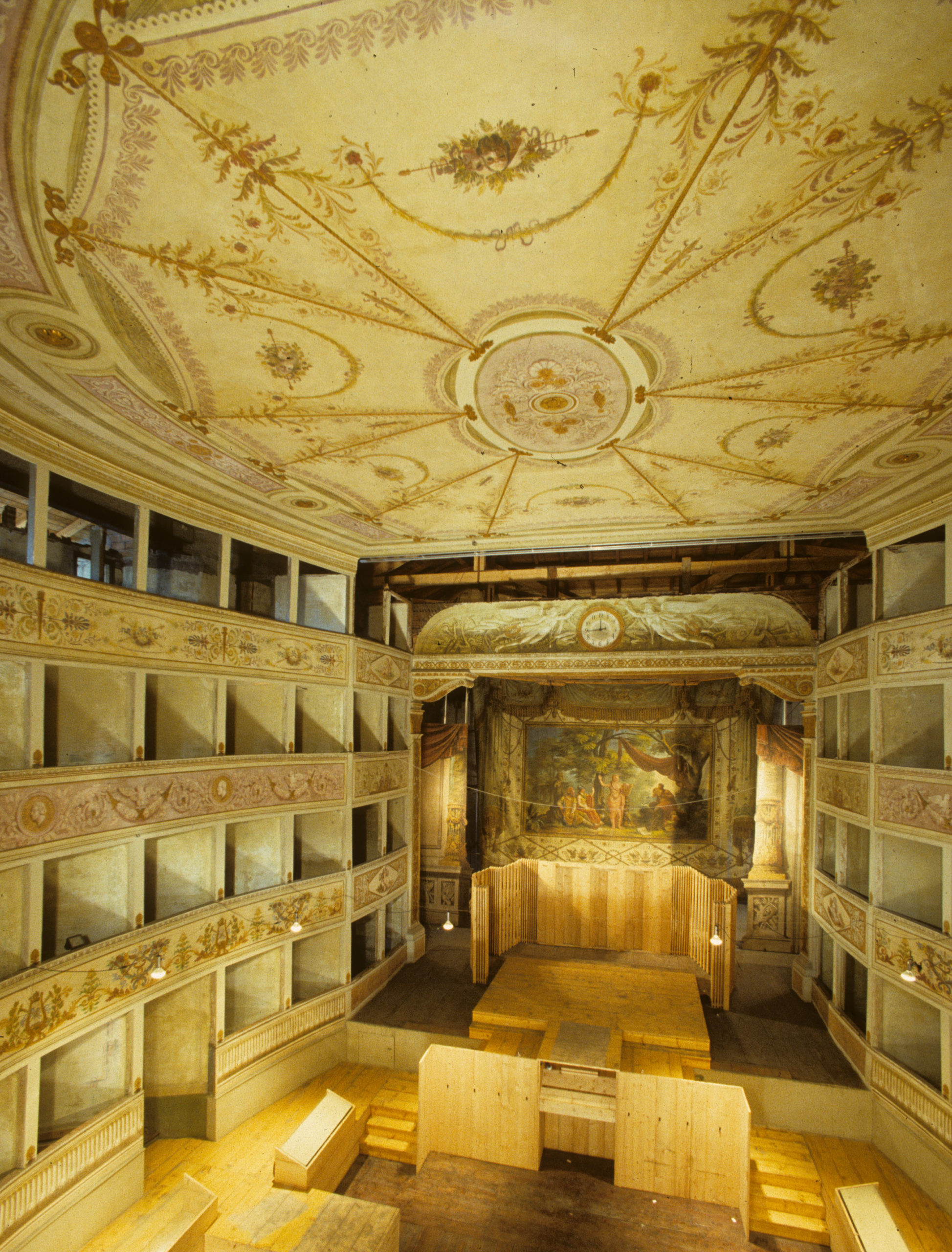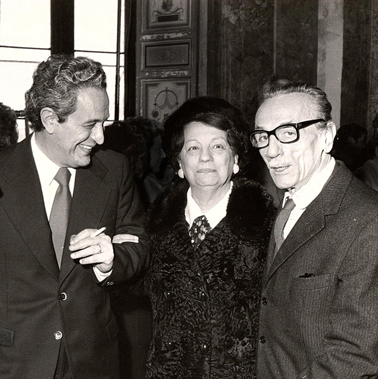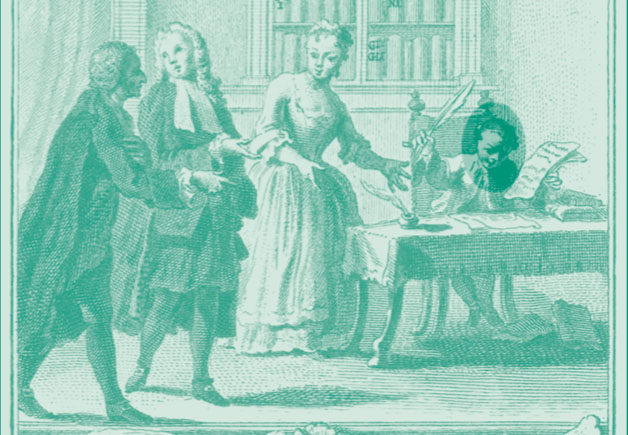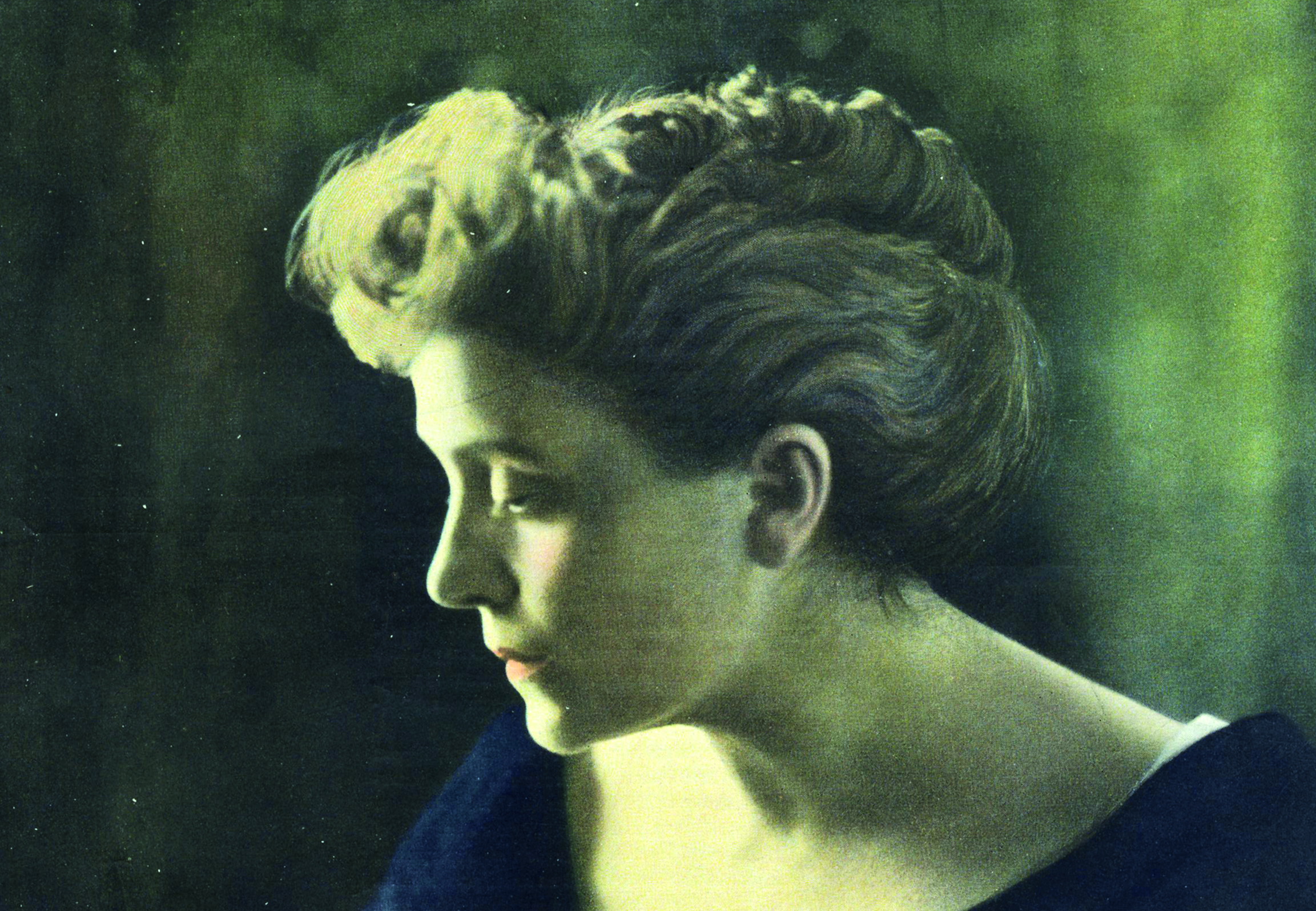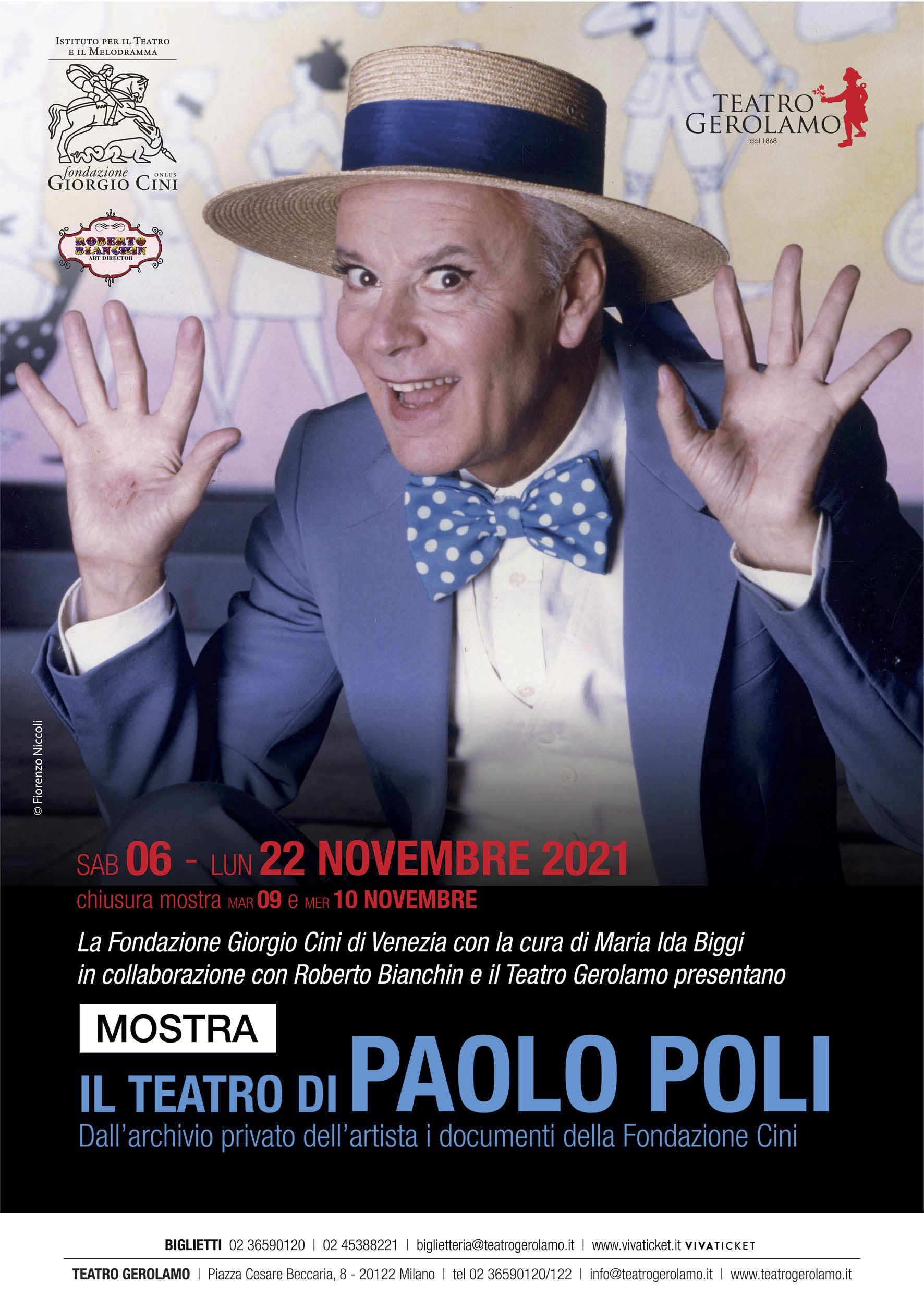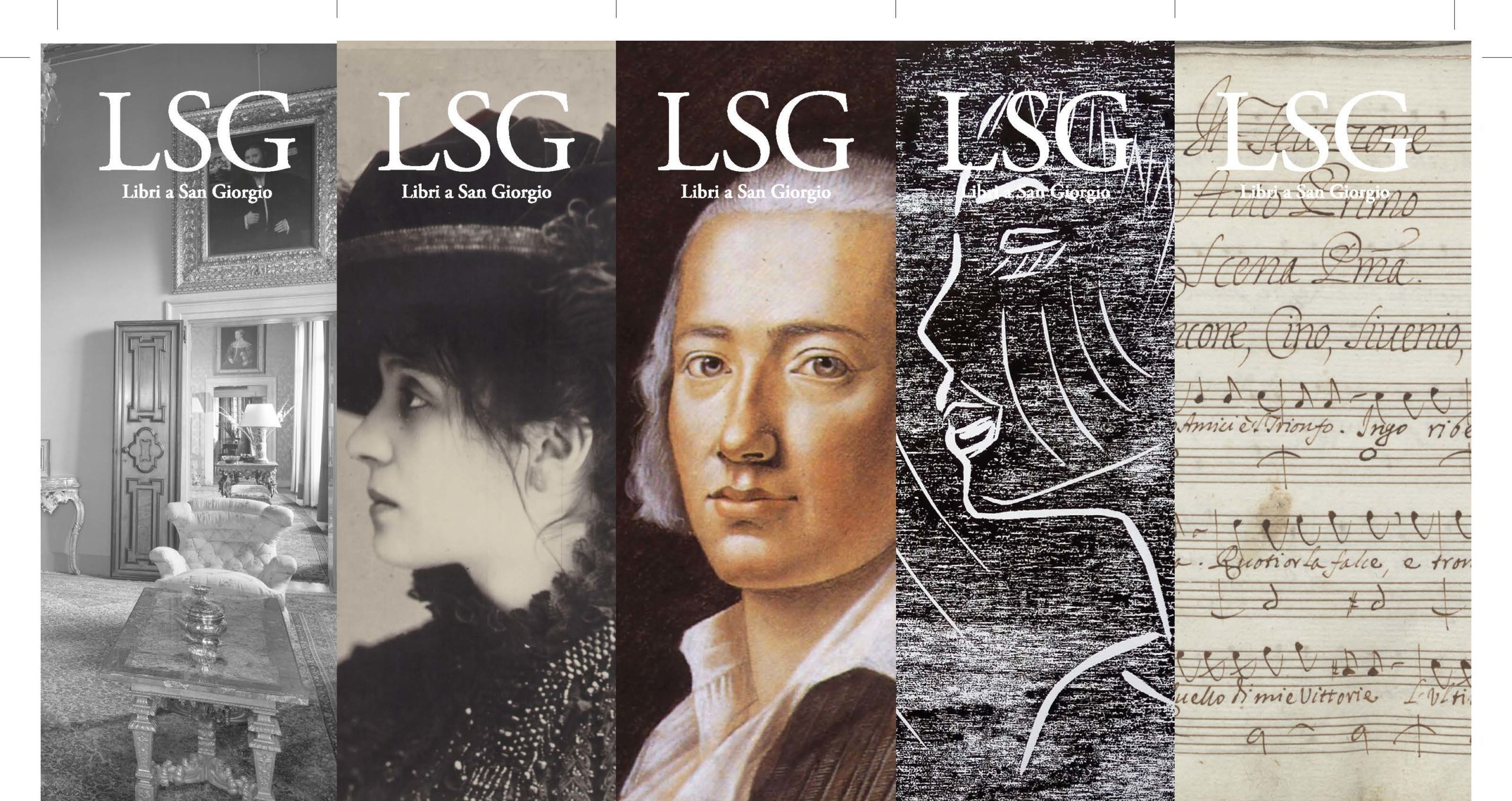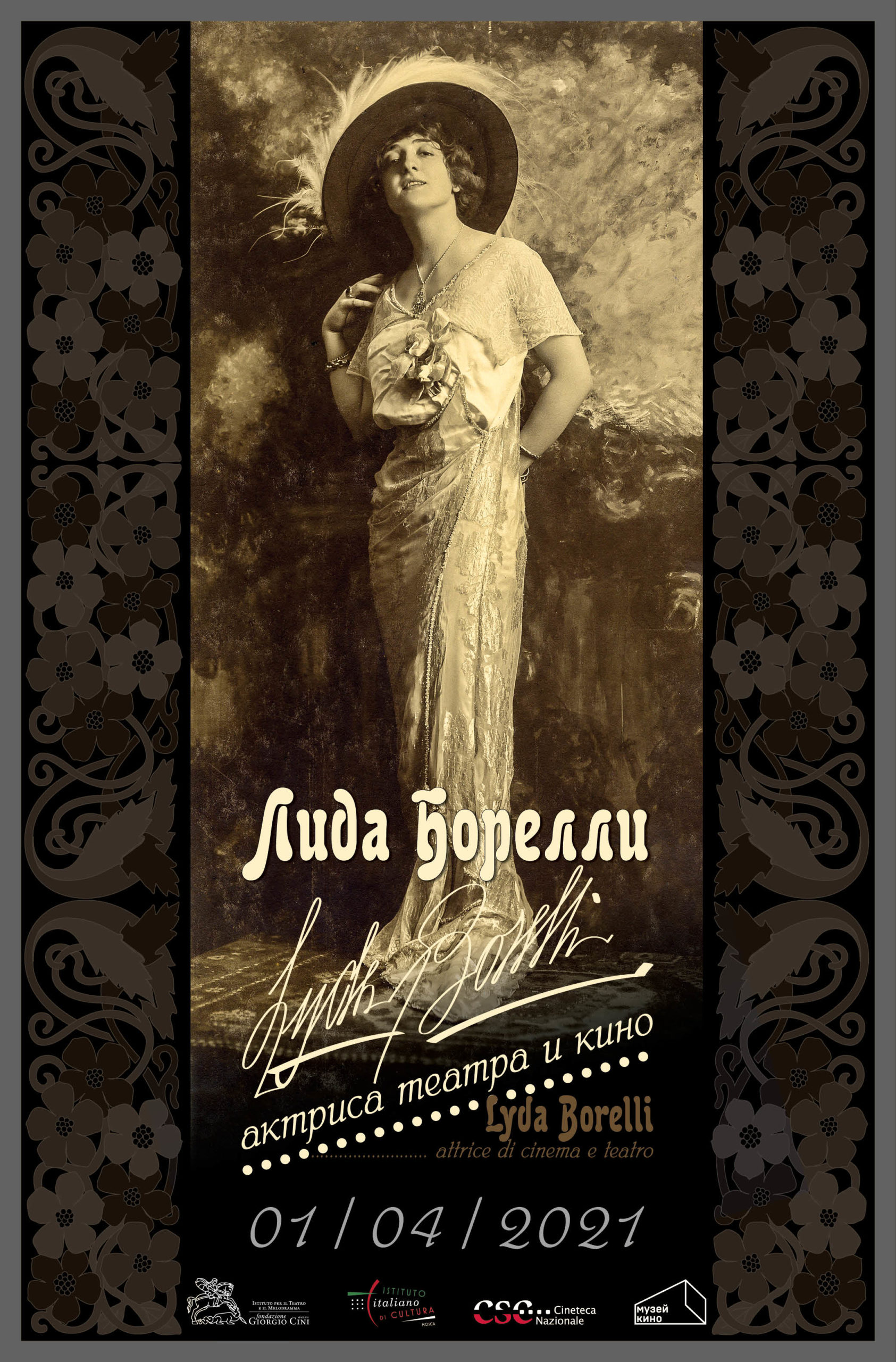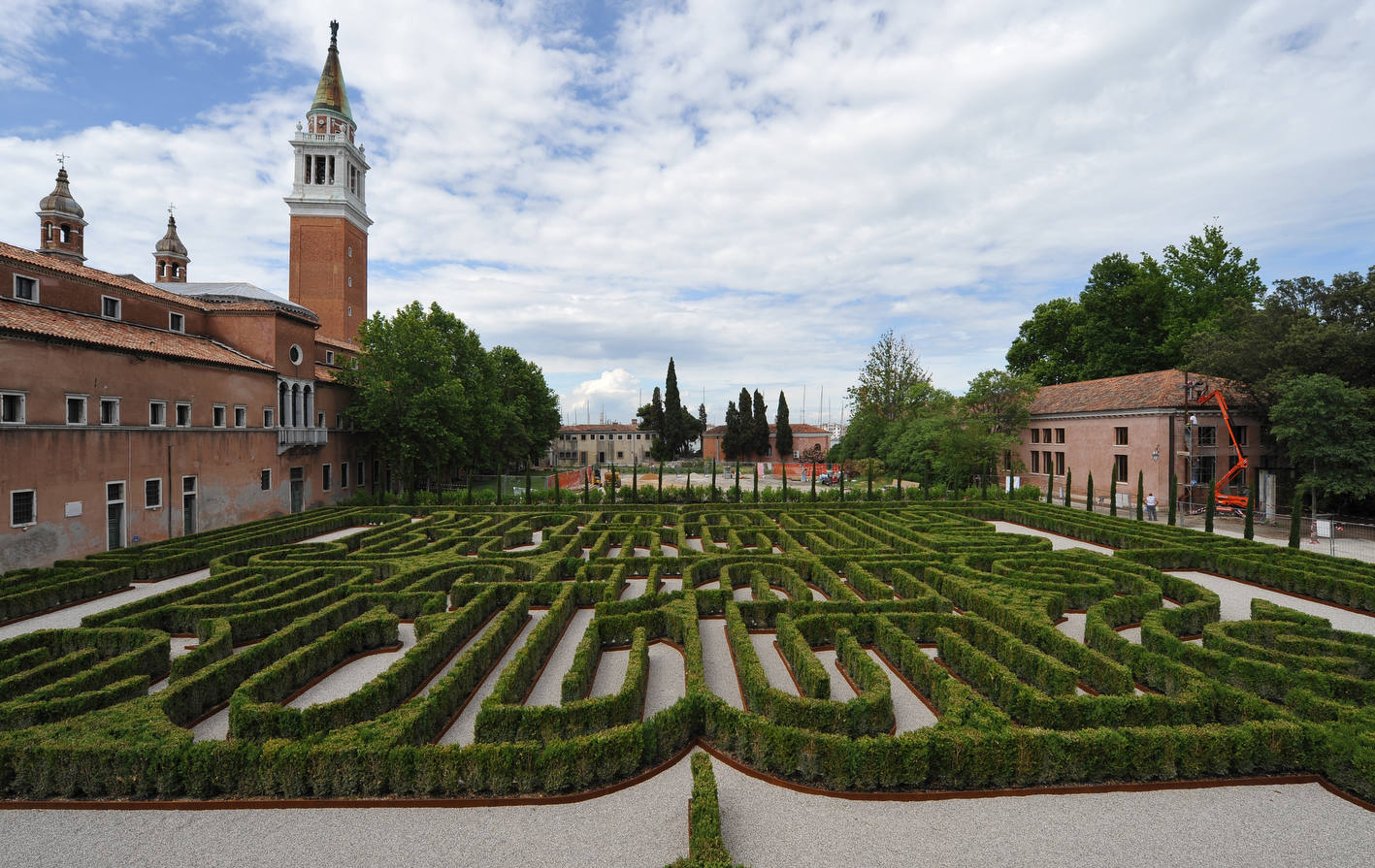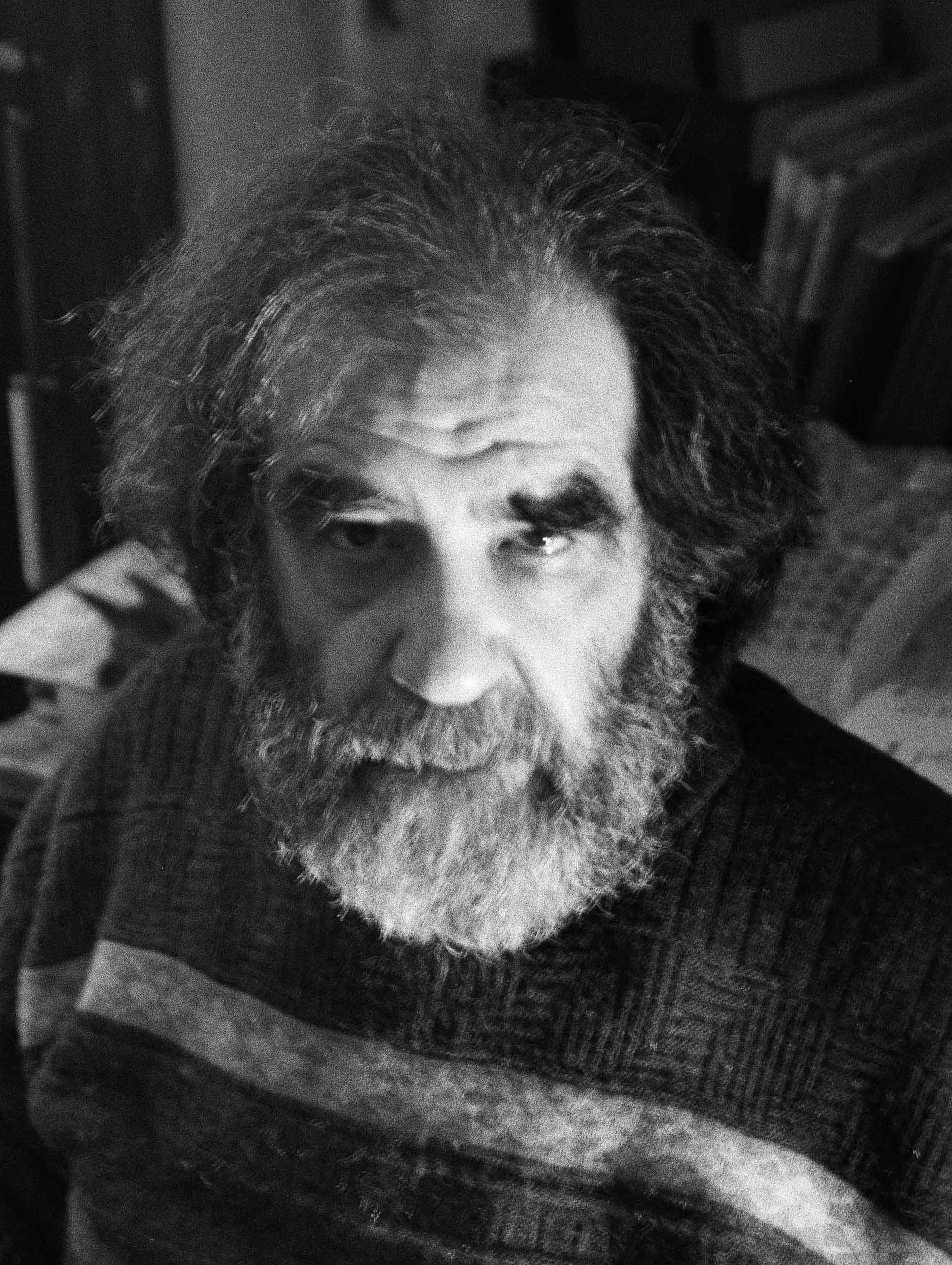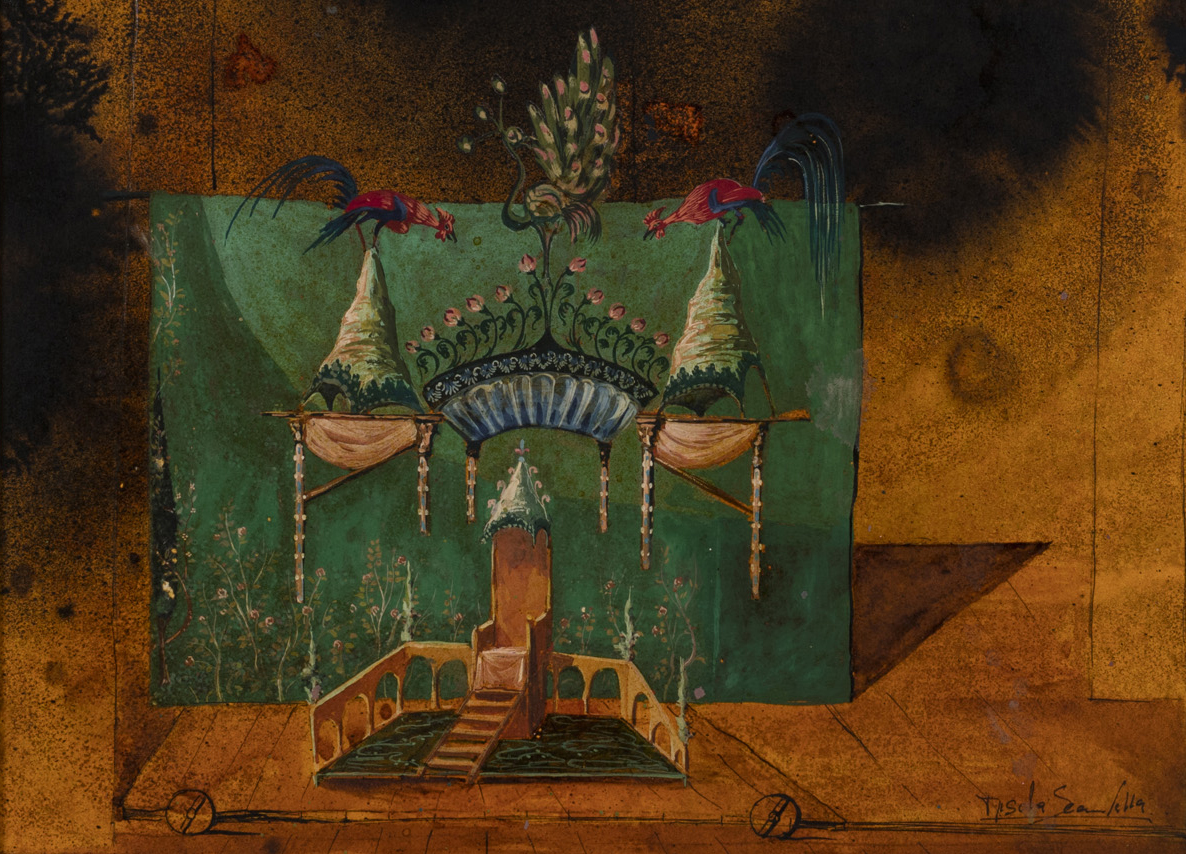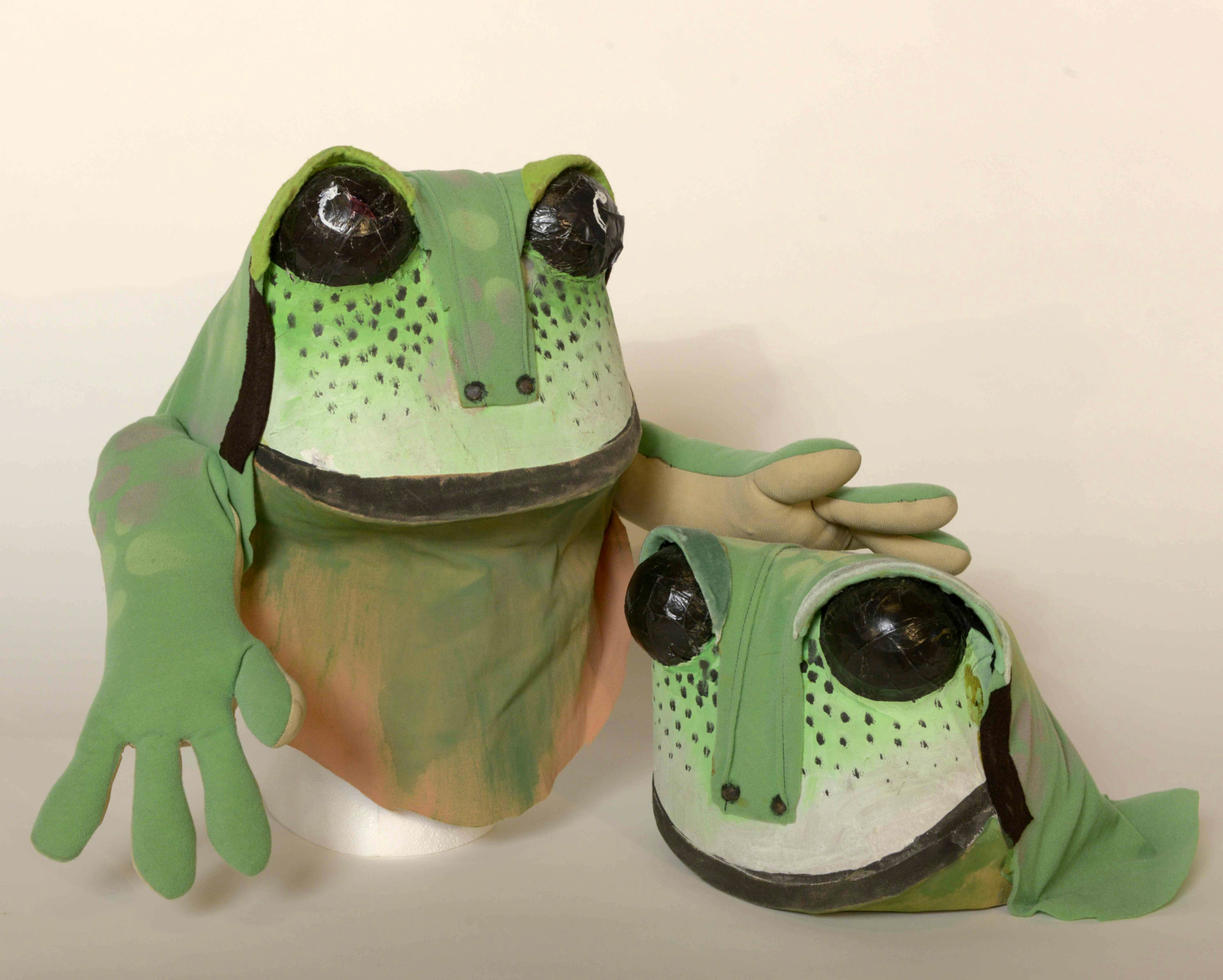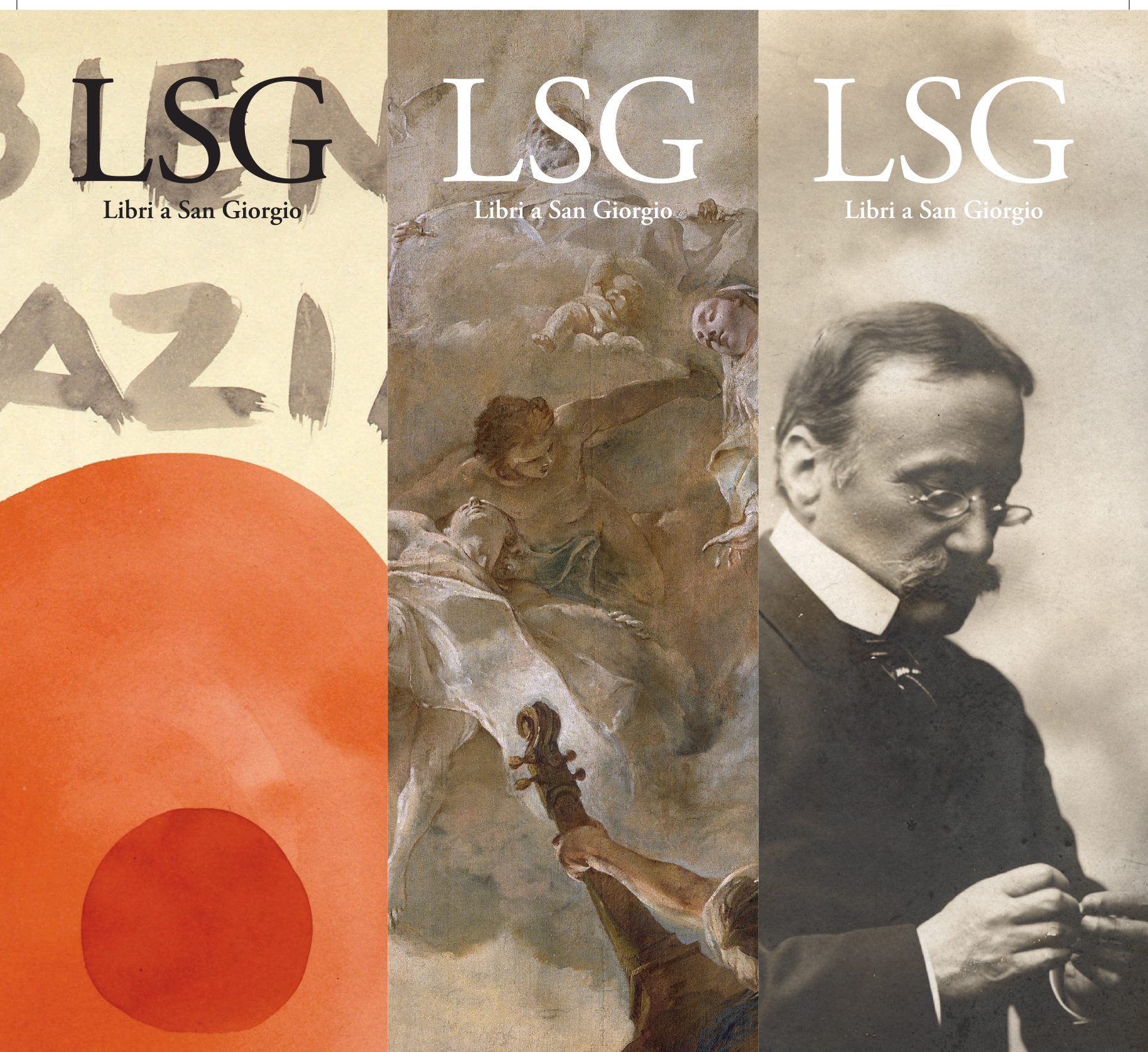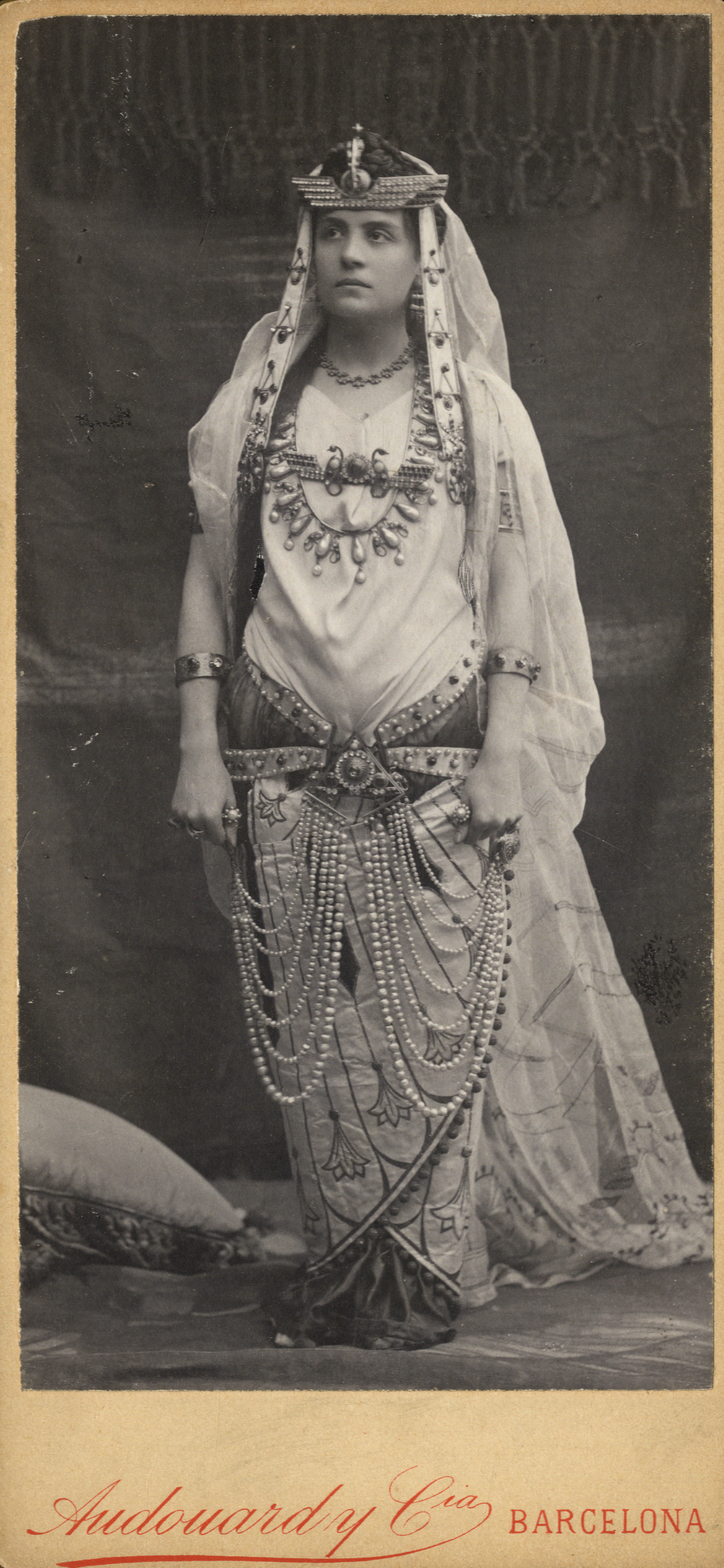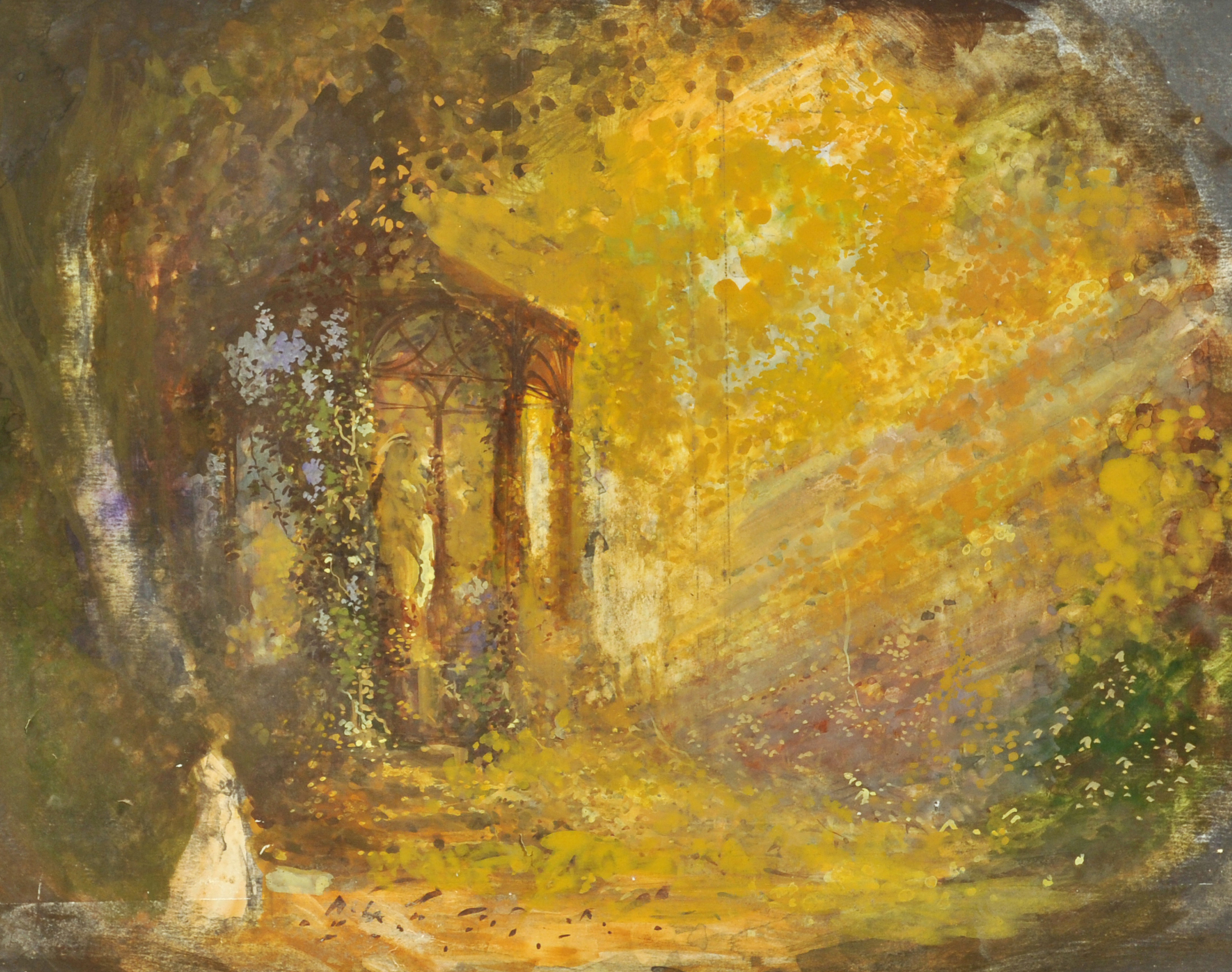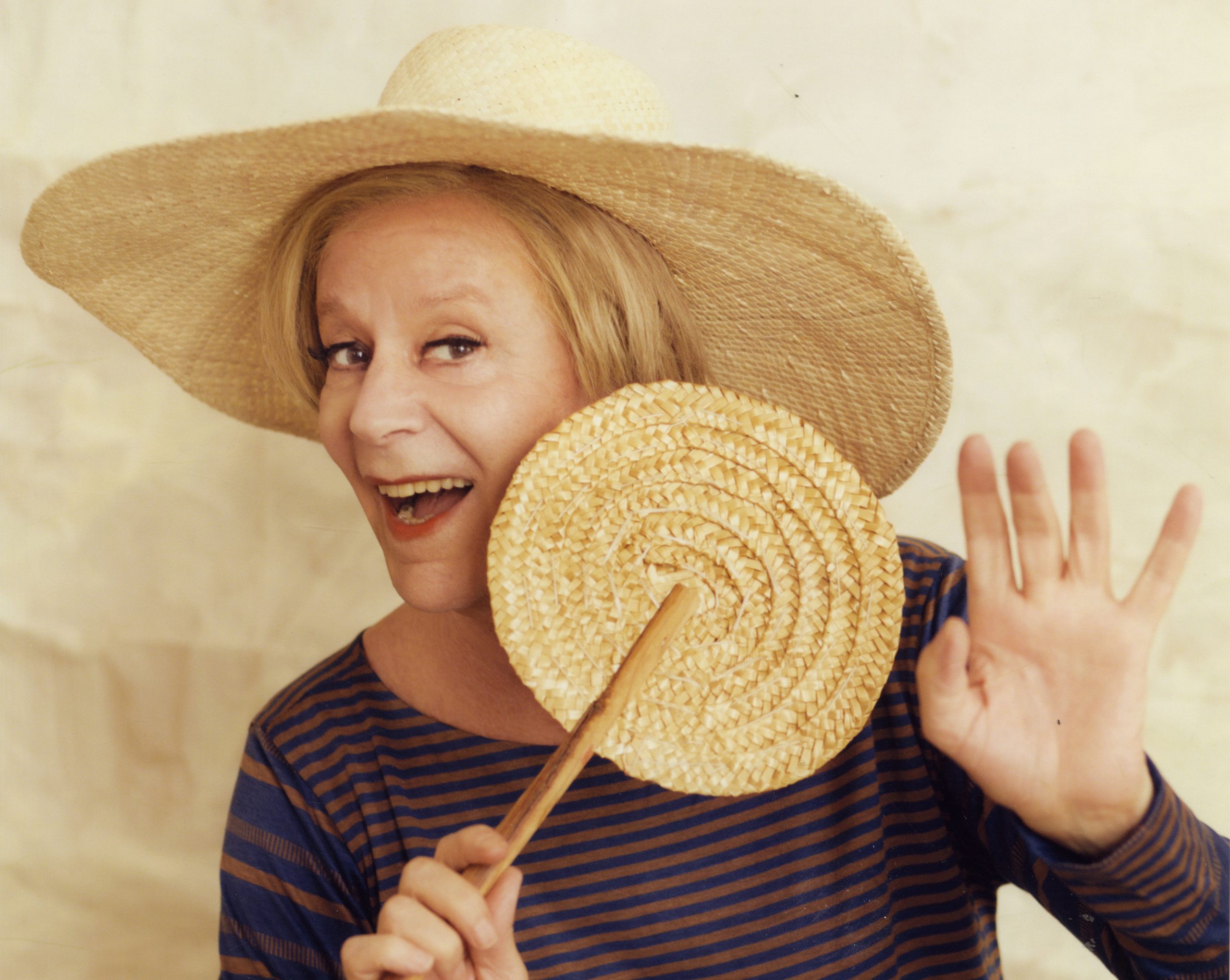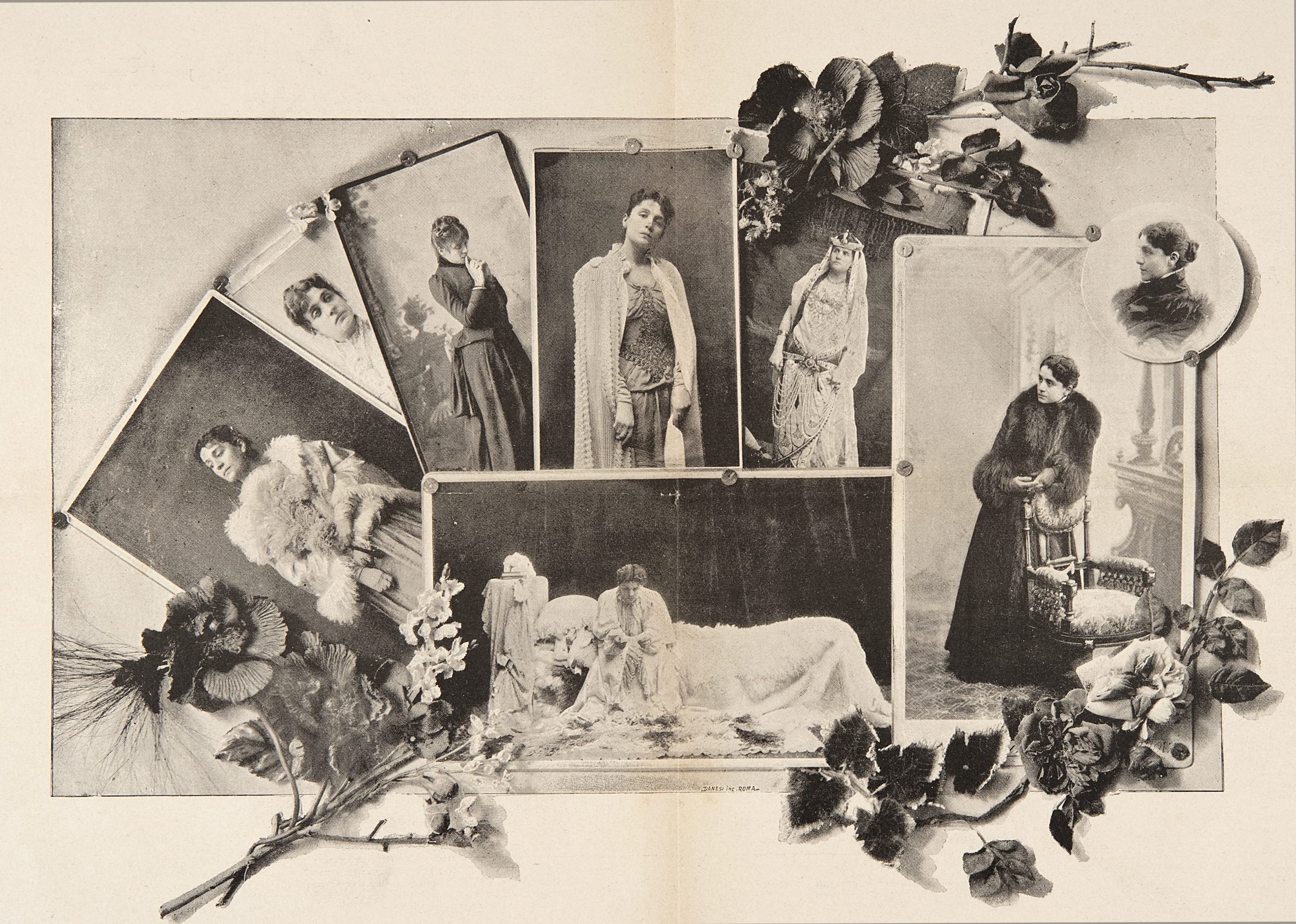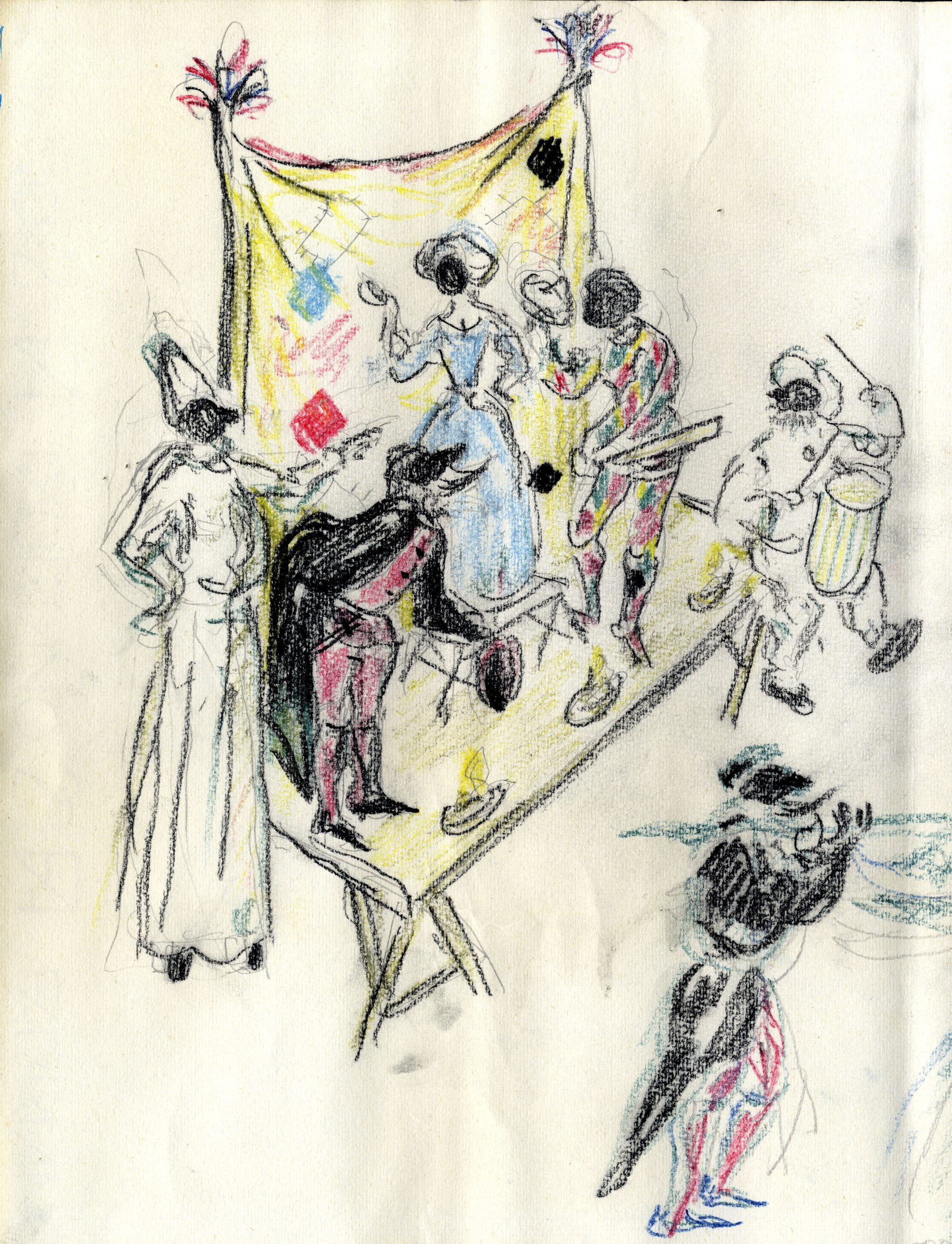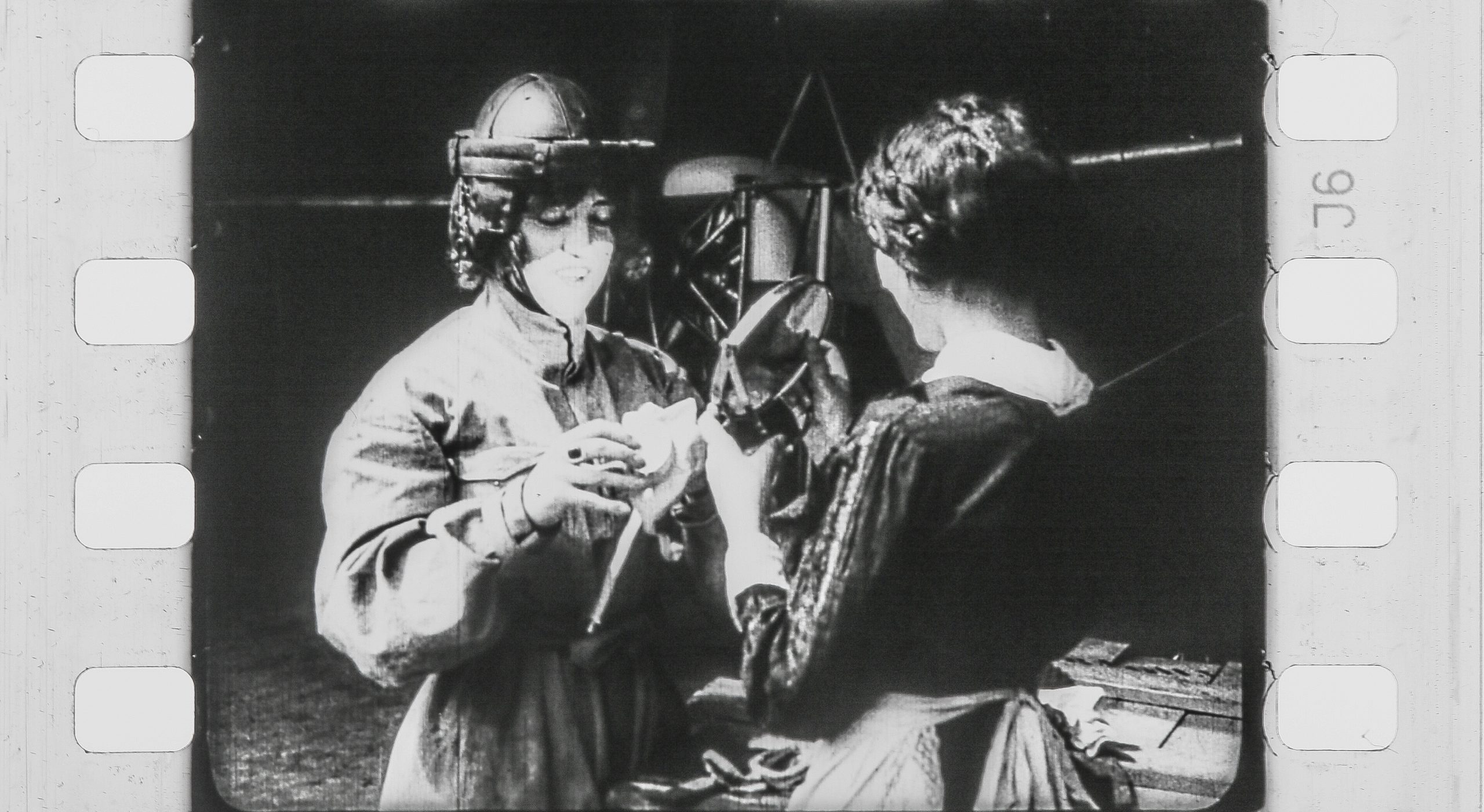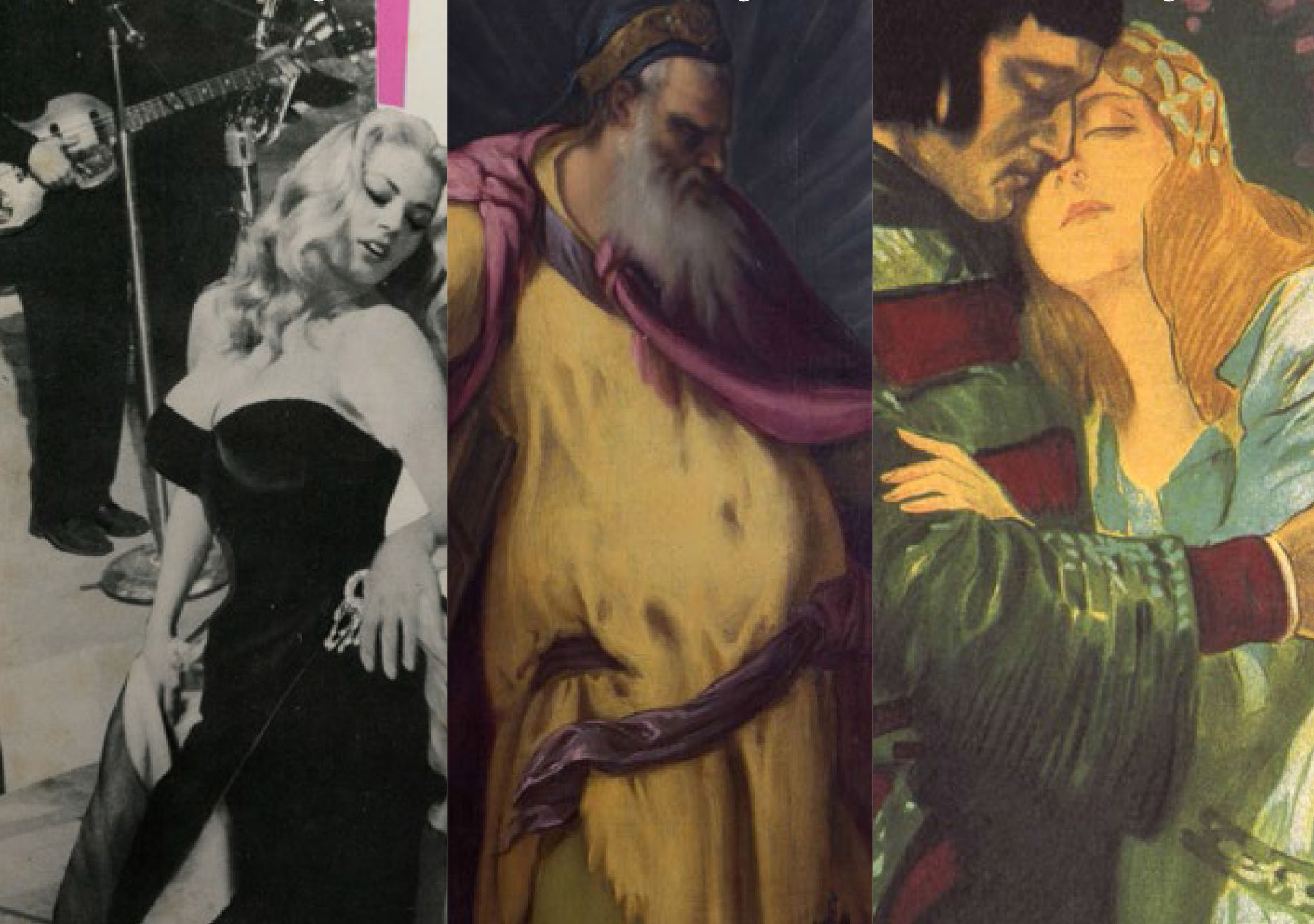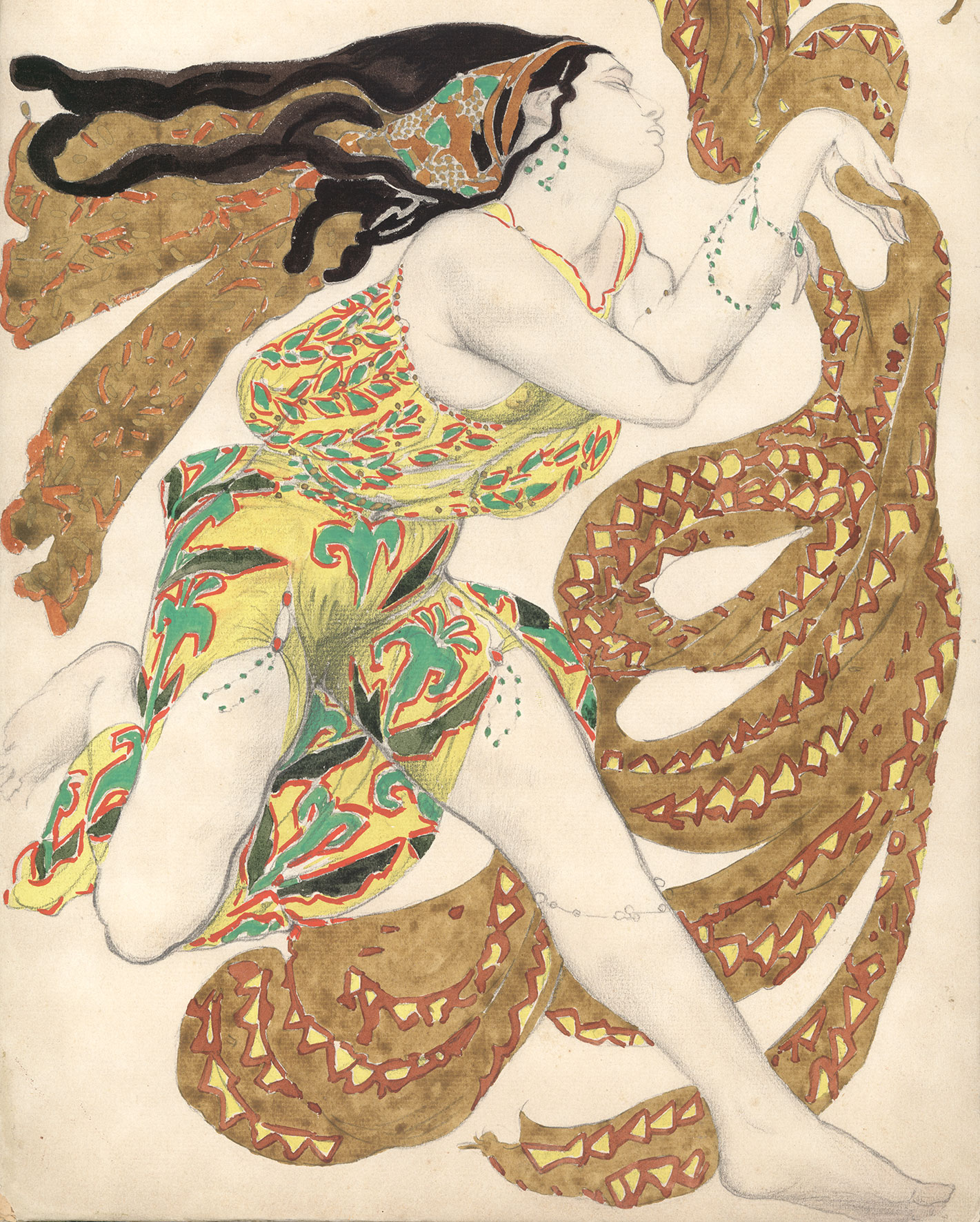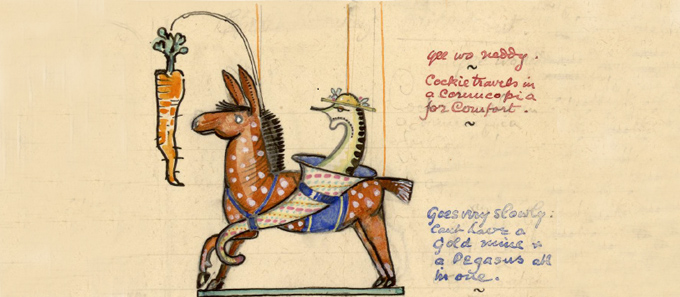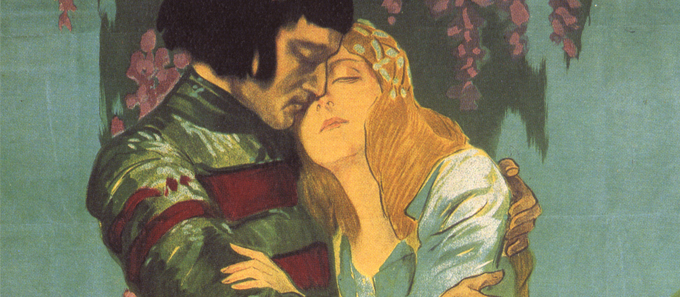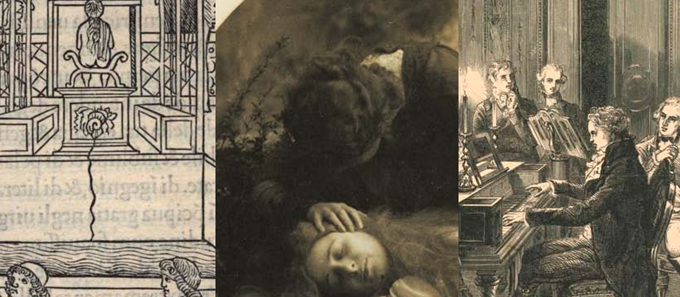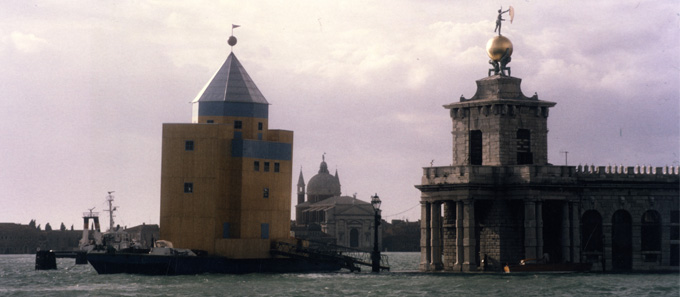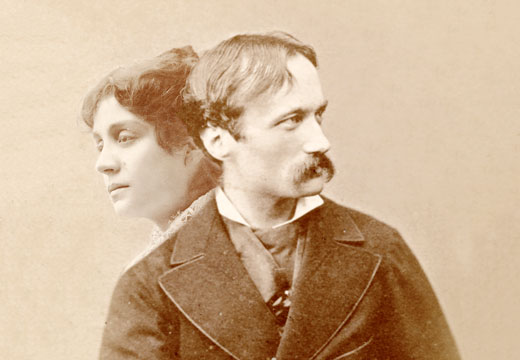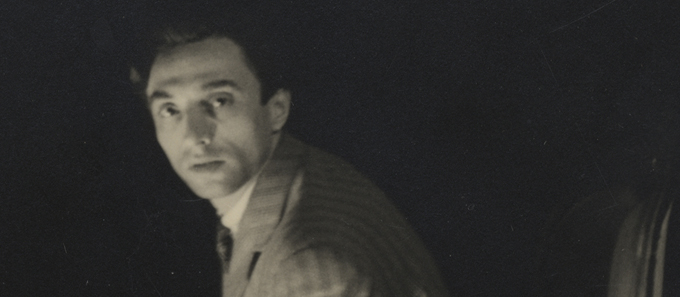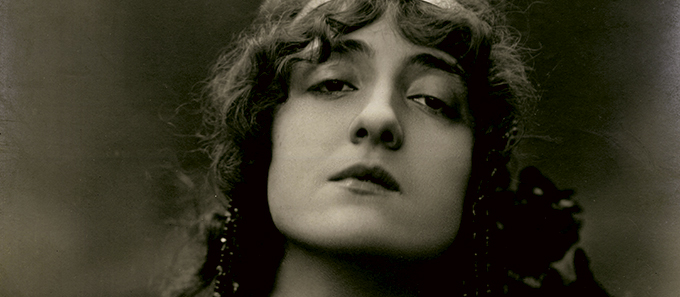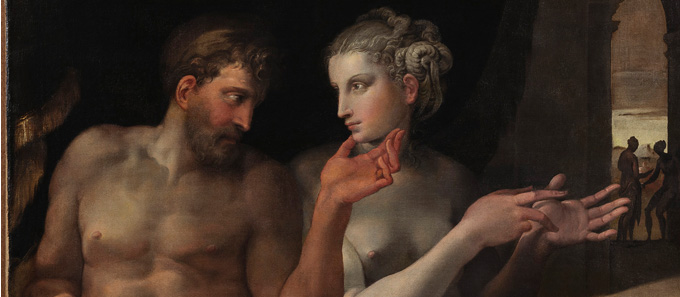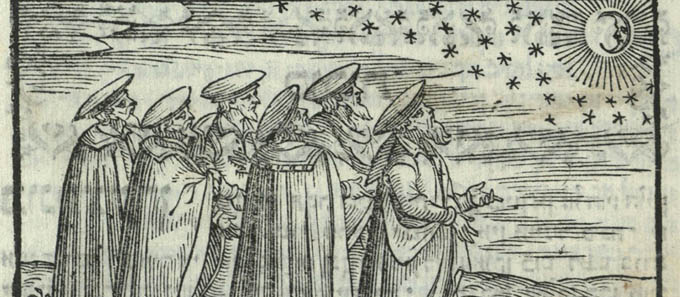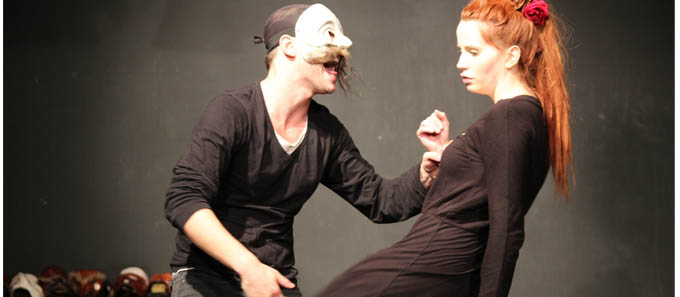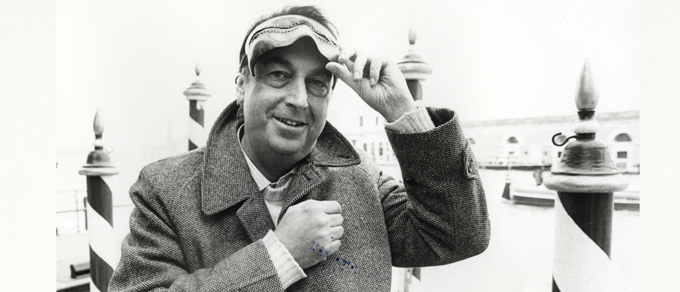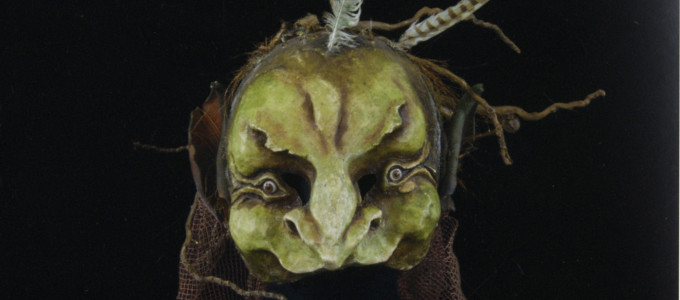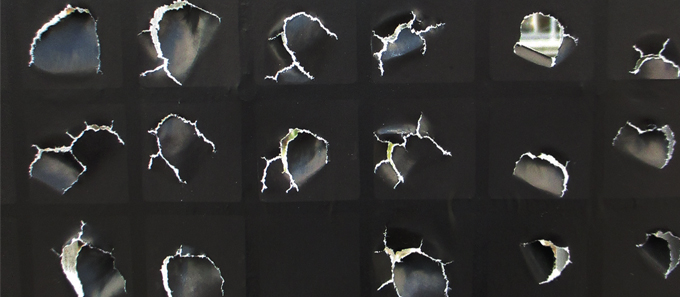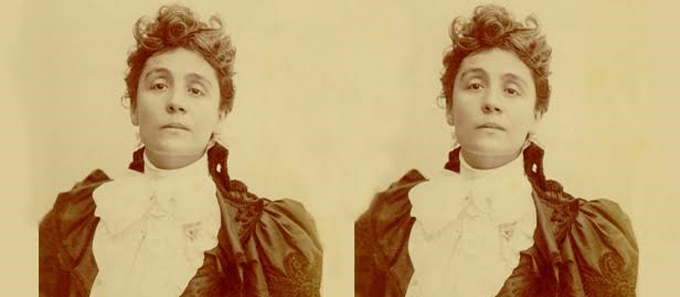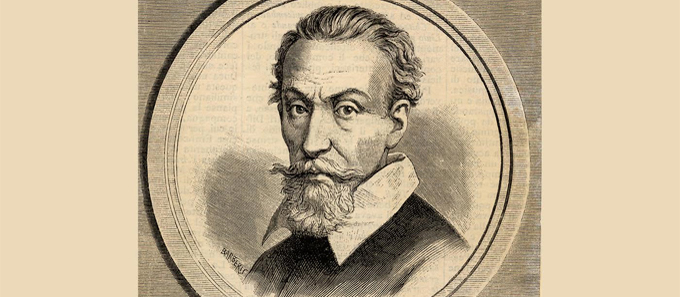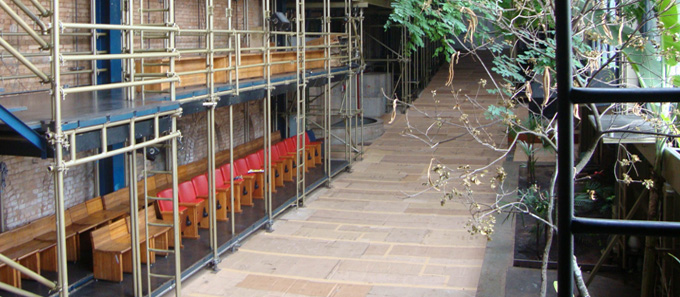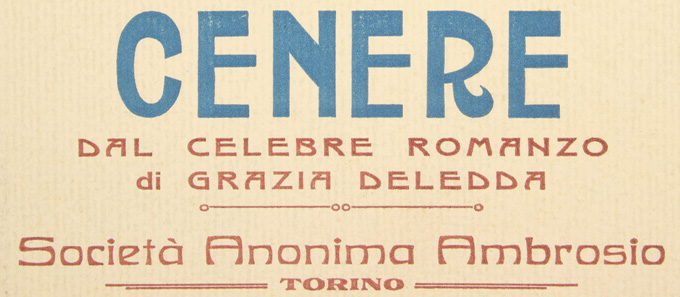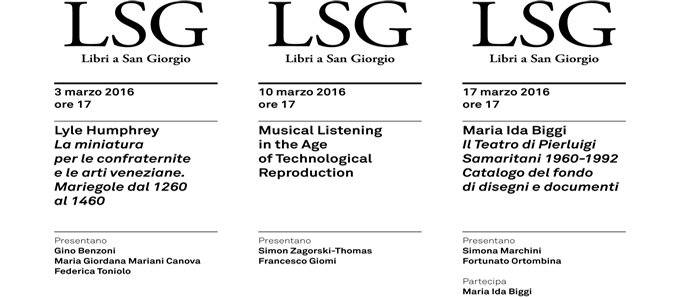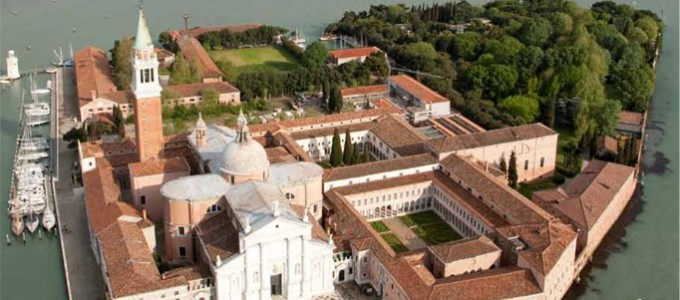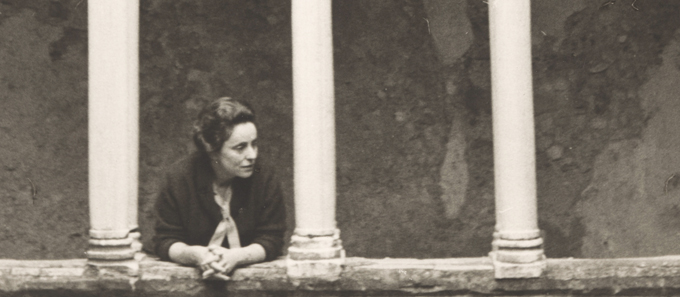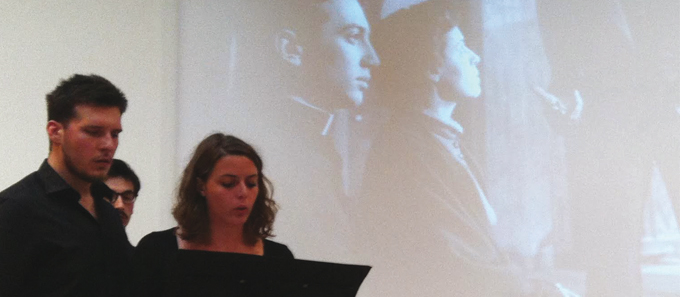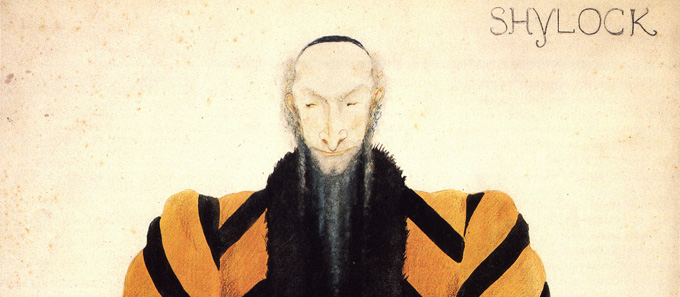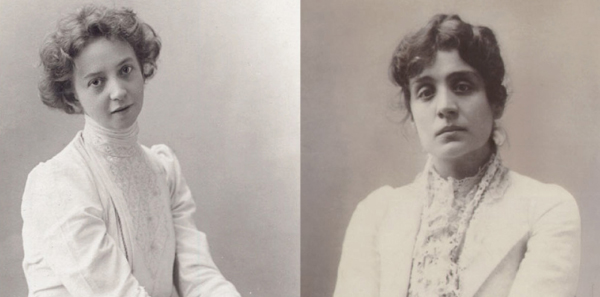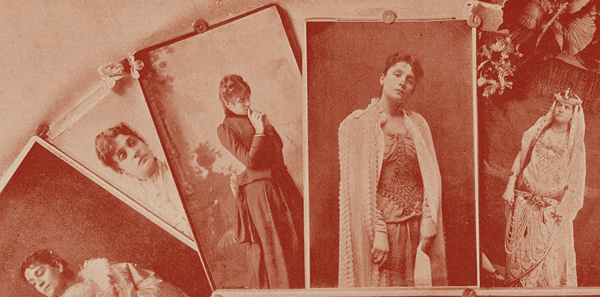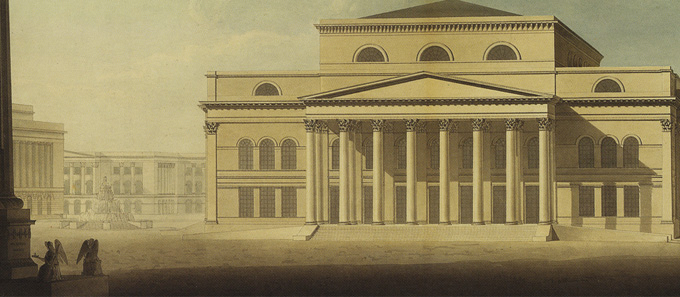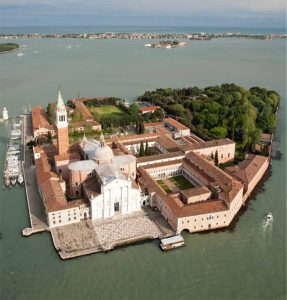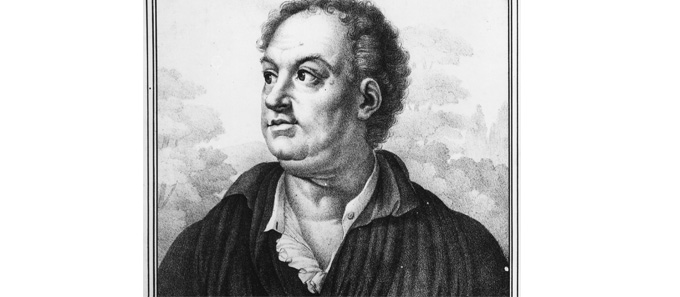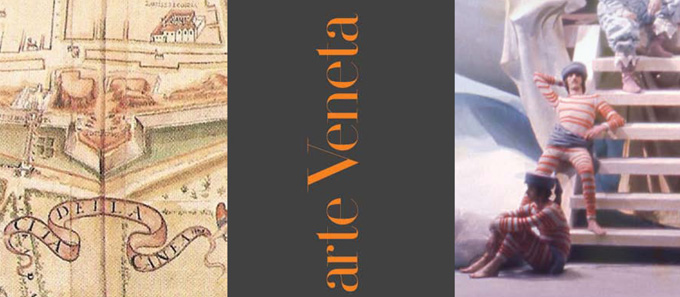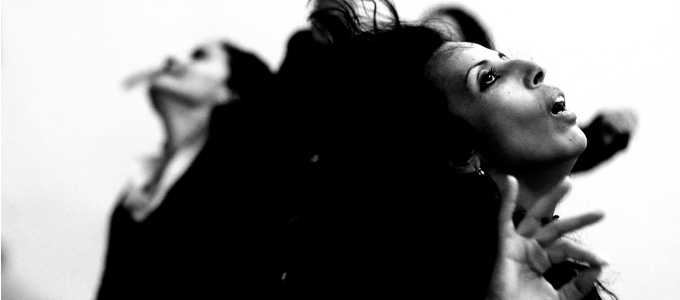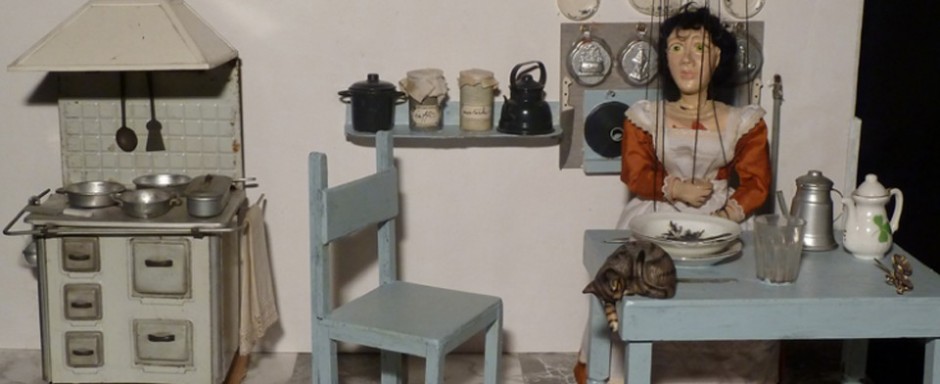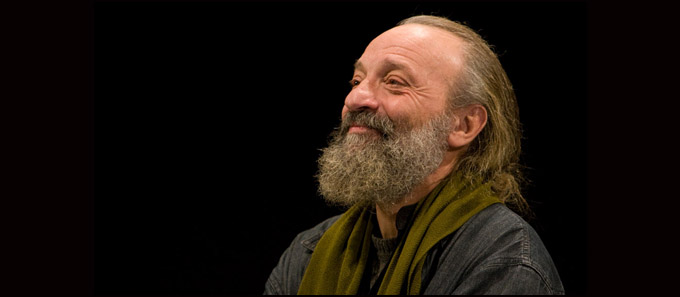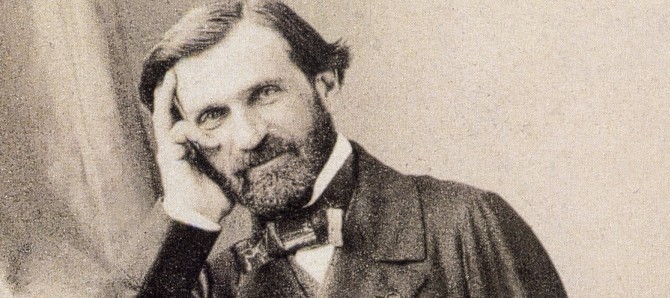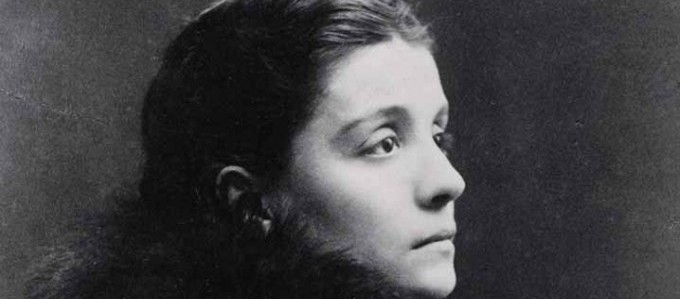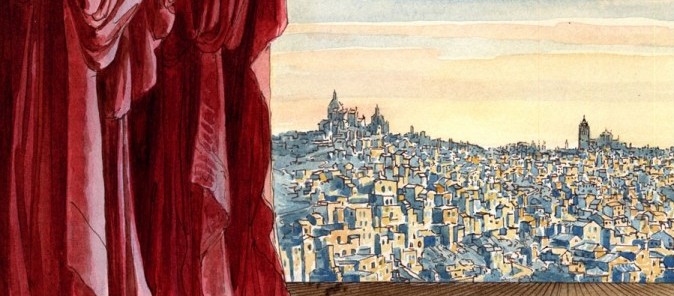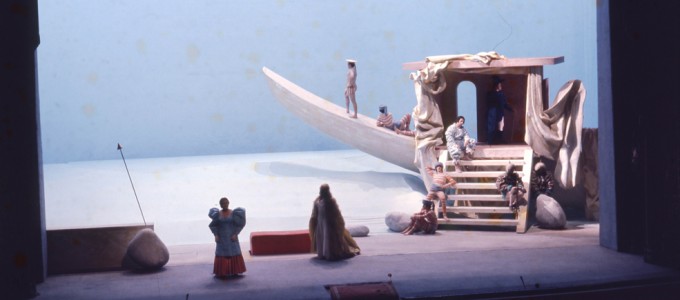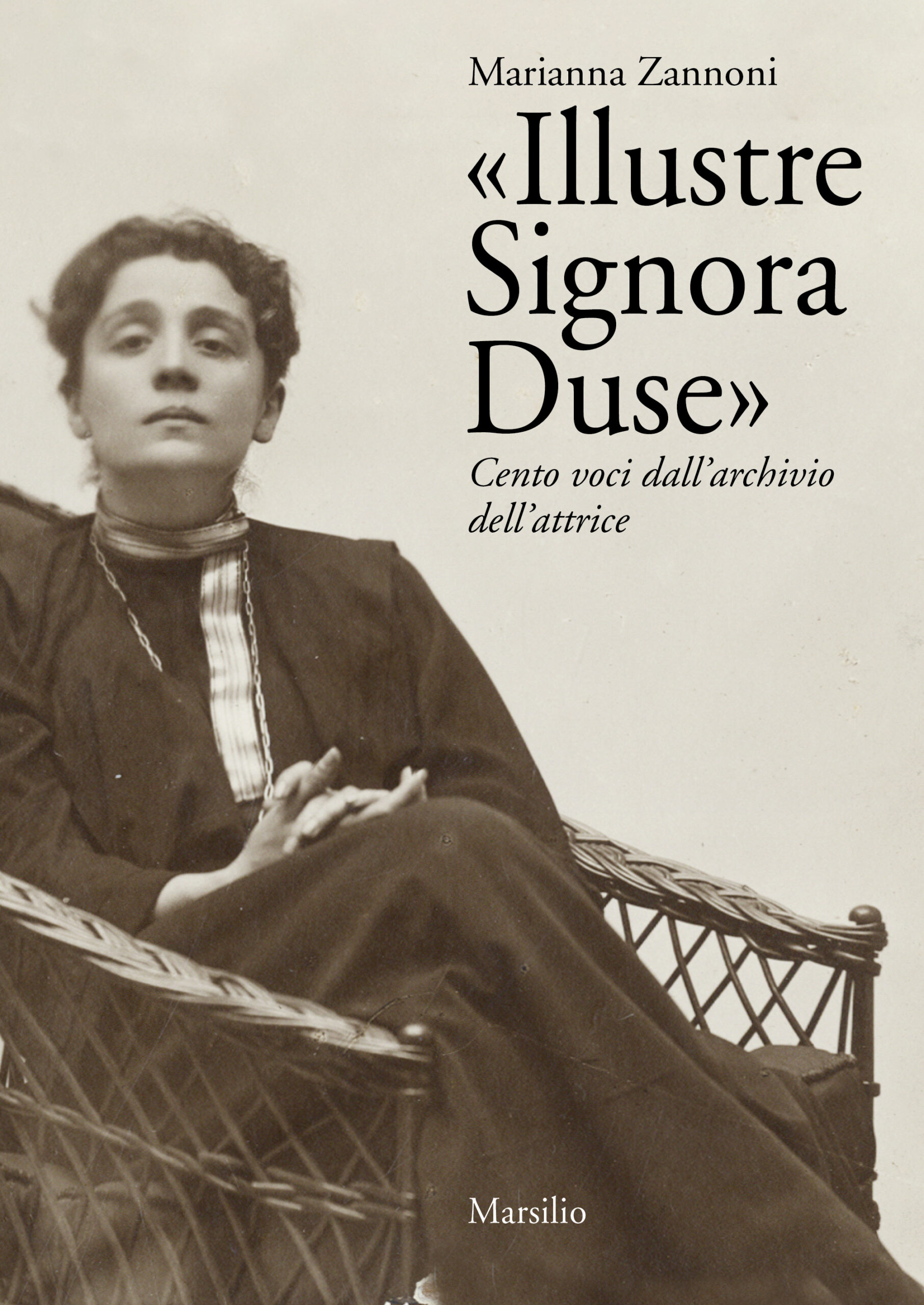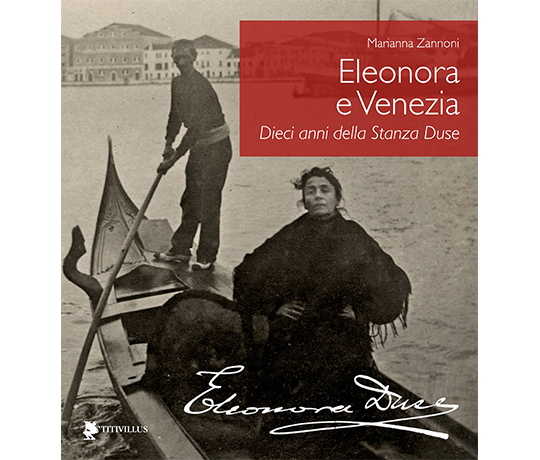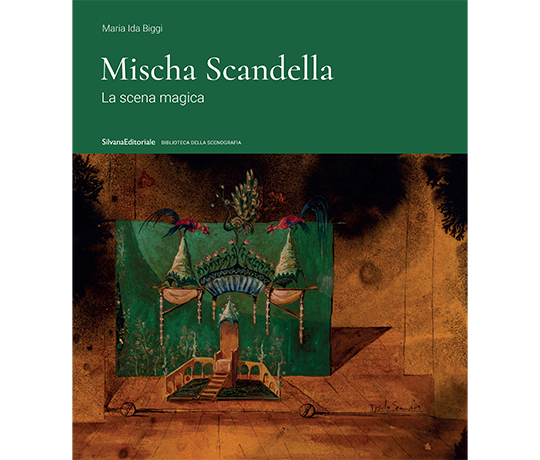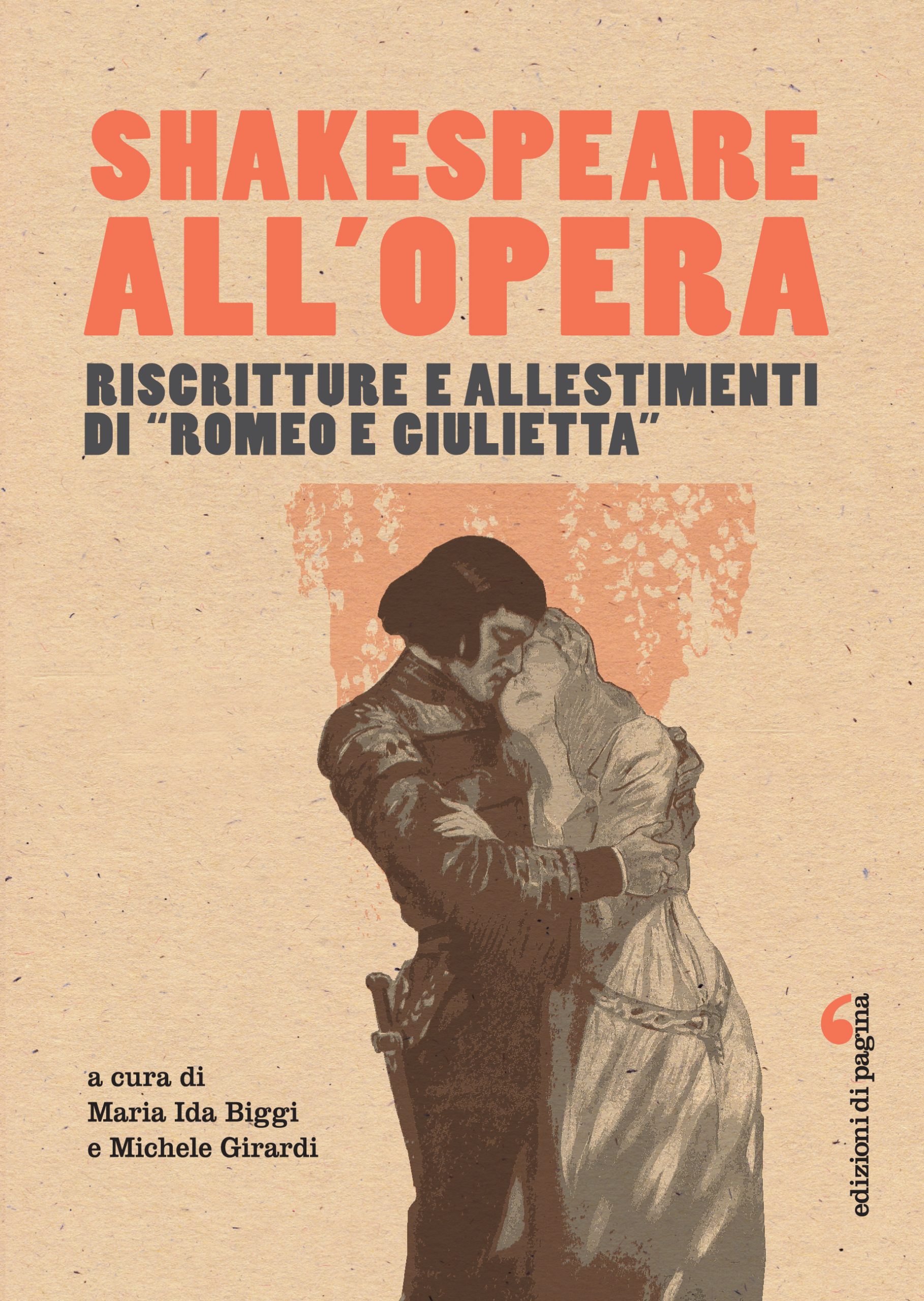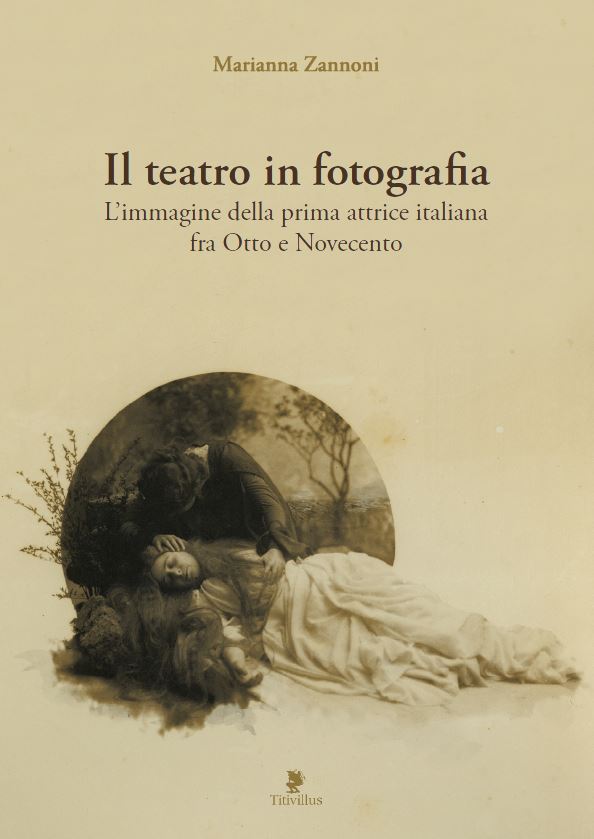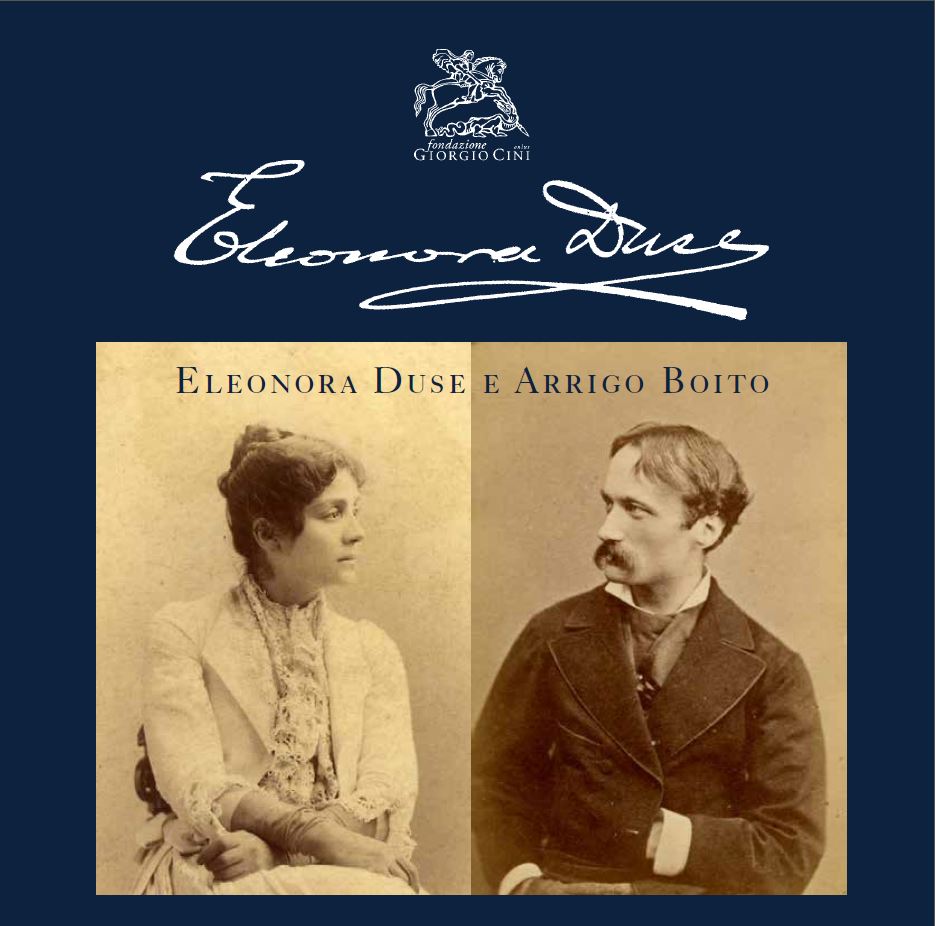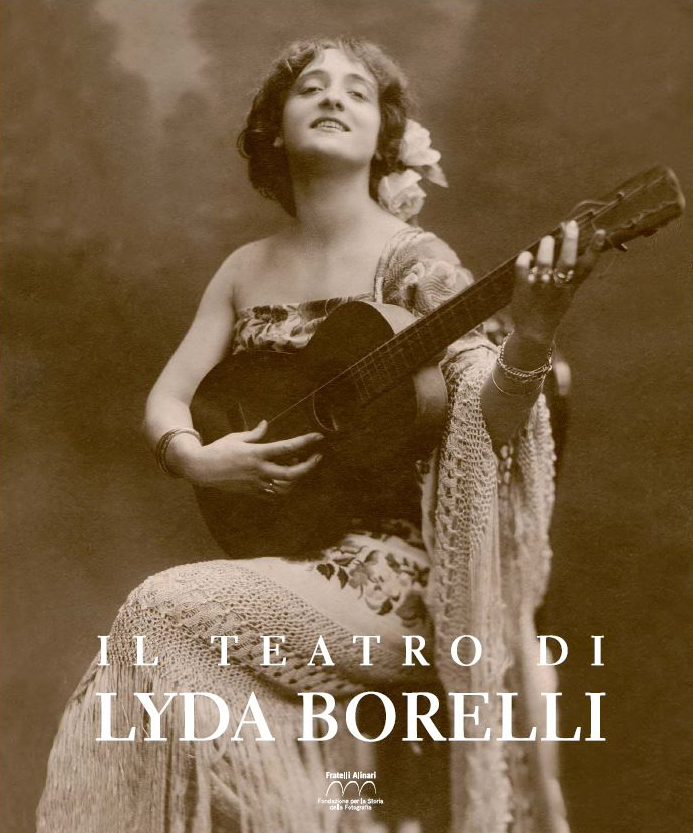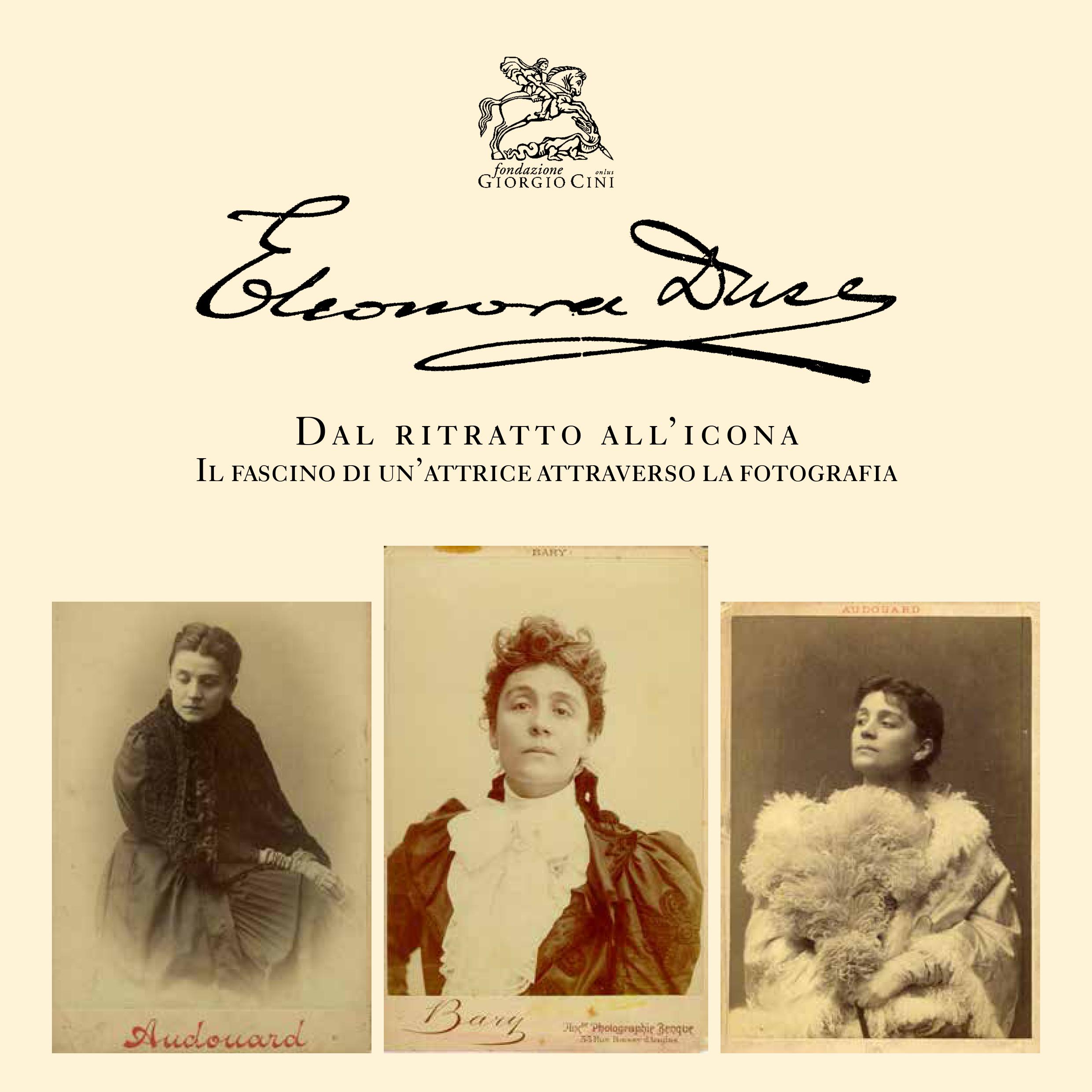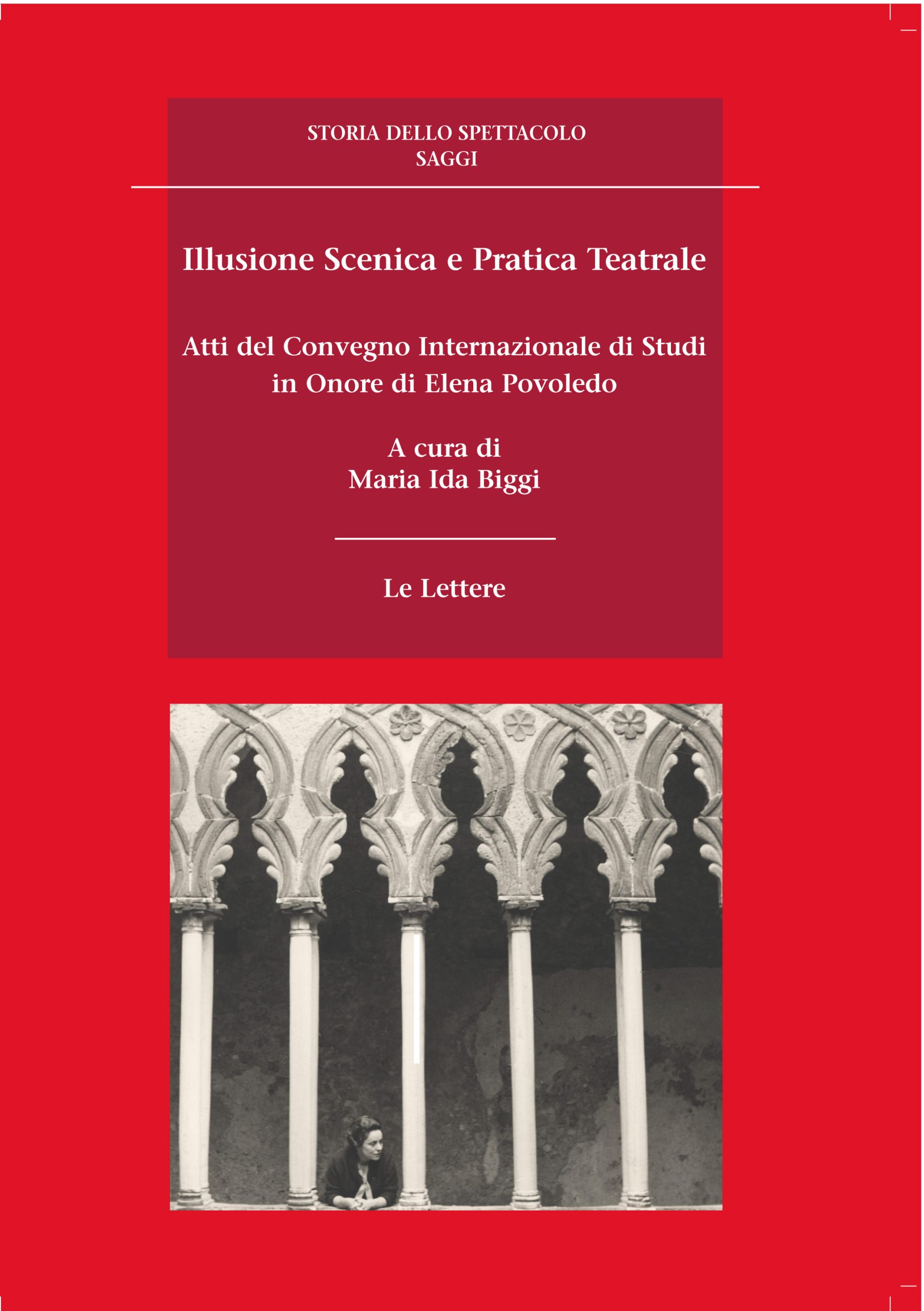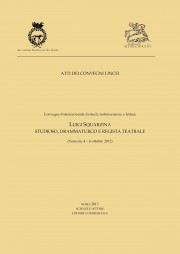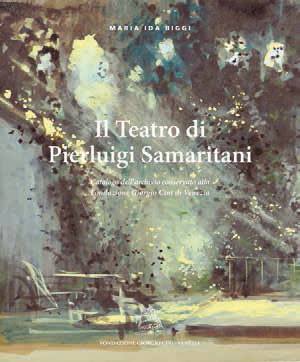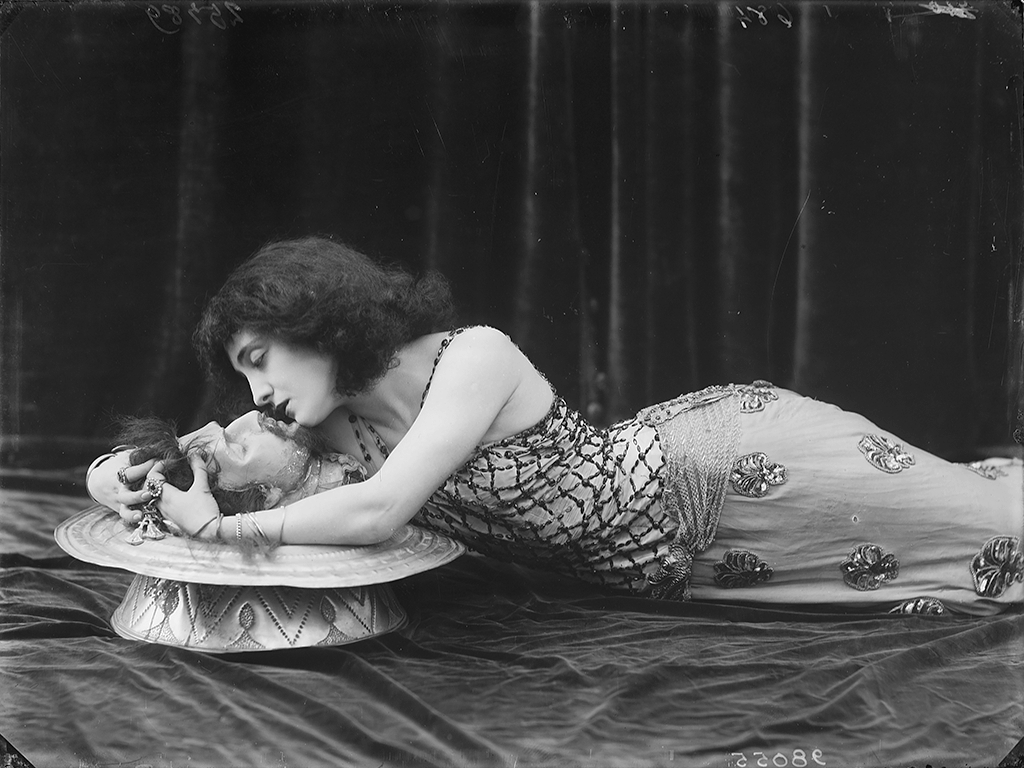The Institute of Theatre and Opera has conceived and promoted in collaboration with the Teatro Stabile del Veneto – Teatro Nazionale, the theatrical review “From the Archive to the Stage,” which will be held at the Auditorium lo Squero on the Island of San Giorgio from May 16 to June 14. For the occasion, the Institute has worked with the actresses who will be the protagonists of the review: with Sonia Bergamasco, who intends to trace a portrait of Eleonora Duse through the voices of other artists, illustrious witnesses of her art (May 16); with Lucia Poli, selecting a group of letters between the great actress and Giovanni Papini (May 28); and with Elena Bucci, finally, thanks to a work of excavation in the archives among letters and testimonies (June 11).
Also participating in the review are some of the most prestigious theater schools nationwide, training venues that have accepted the Institute’s invitation and offered their young actors to engage with the theater and the art of Eleonora Duse. These are the Accademia dei Filodrammatici, the Civica Scuola di Teatro Paolo Grassi in Milan, and the Accademia Teatrale Carlo Goldoni – Teatro Stabile del Veneto.
About the work she is preparing on Duse, Elena Bucci says, “Eleonora transpires and appears from every letter, every document, she smiles at us through time and exhorts us to revolution, which is nothing other than the fight against prejudice and the search for truth, even though she knows that as soon as she glimpses it flees elsewhere. As Eleonora herself does, with her luminous wake.” Sonia Bergamasco, on the other hand, emphasizes how “The Stanza Duse at the Giorgio Cini Foundation was my first research reference, and it remains among the richest and most precious. An island in the island of Venice, an ideal city for Eleonora Duse as well. Returning to that “Room,” every time, is a profound emotion, it is a chance to make new discoveries.”
16.5.2024 – h 7pm
Sonia Bergamasco
LE SUE ROSE CHE CONSIDERO BACI | Eleonora Duse vista dagli altri
24.5.2024 – h 7pm | Civica Scuola di Teatro Paolo Grassi
IN VIAGGIO CON LA DUSE
28.5.2024 – h 7pm
Lucia Poli
S’IO FOSSI DAVVERO POETA | Il carteggio Duse – Papini
30.5.2024 –h 7pm | Accademia Teatrale Carlo Goldoni
IL BAULE DEI MISTICI – Una ricerca sulla spiritualità di Eleonora Duse
11.6.2024 – h 7pm
Elena Bucci
RIVOLUZIONE DUSE
Inno agli stregati. Parte numero uno, Venezia: Rivoluzione Duse, un archivio vivo
14.6.2024 – h 7pm | Accademia dei Filodrammatici
IL RESPIRO DELL’ANIMA | Eleonora Duse rivelata da Dora Setti
For more information
teatromelodramma@cini.it
For info and tickets
+39 041 2402014 | biglietteria.teatrogoldoni@teatrostabileveneto.it
